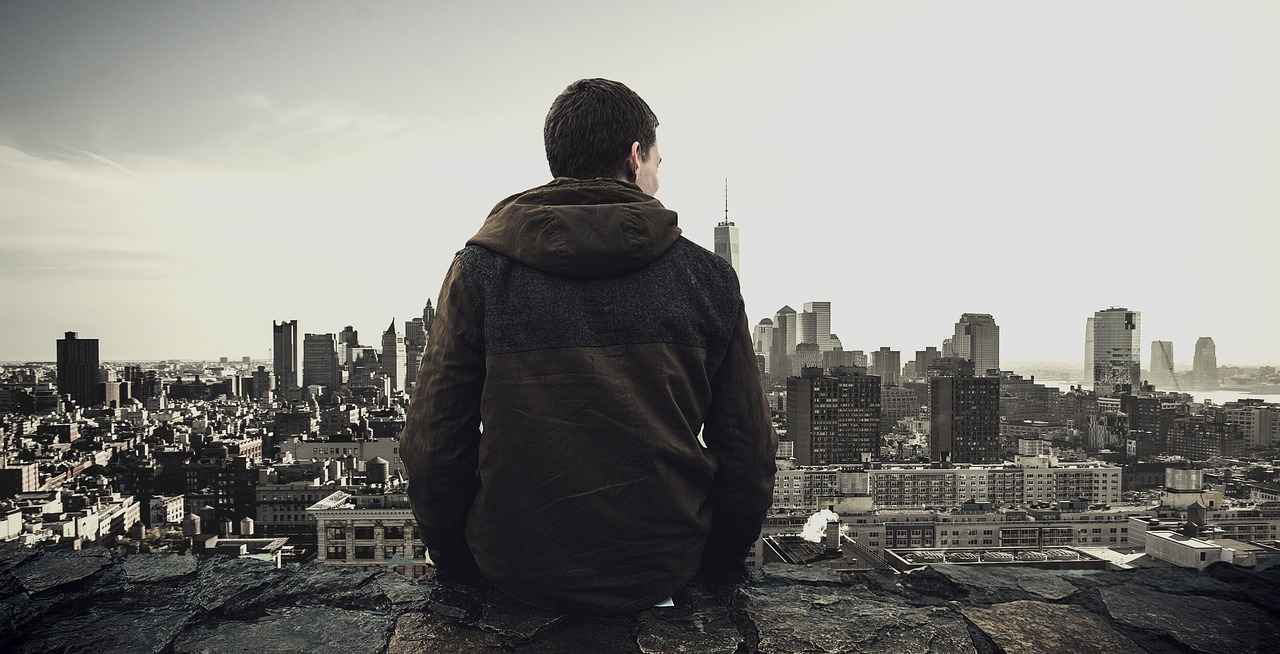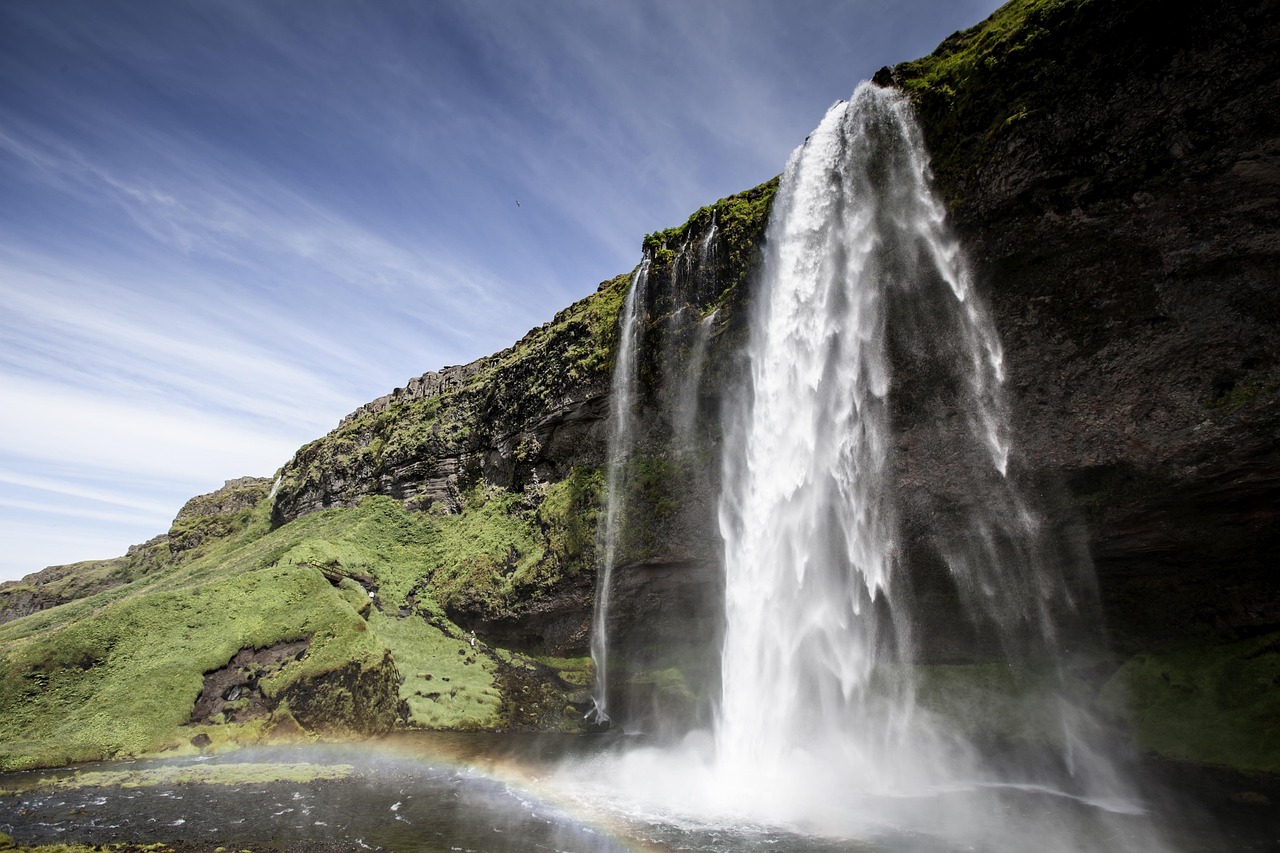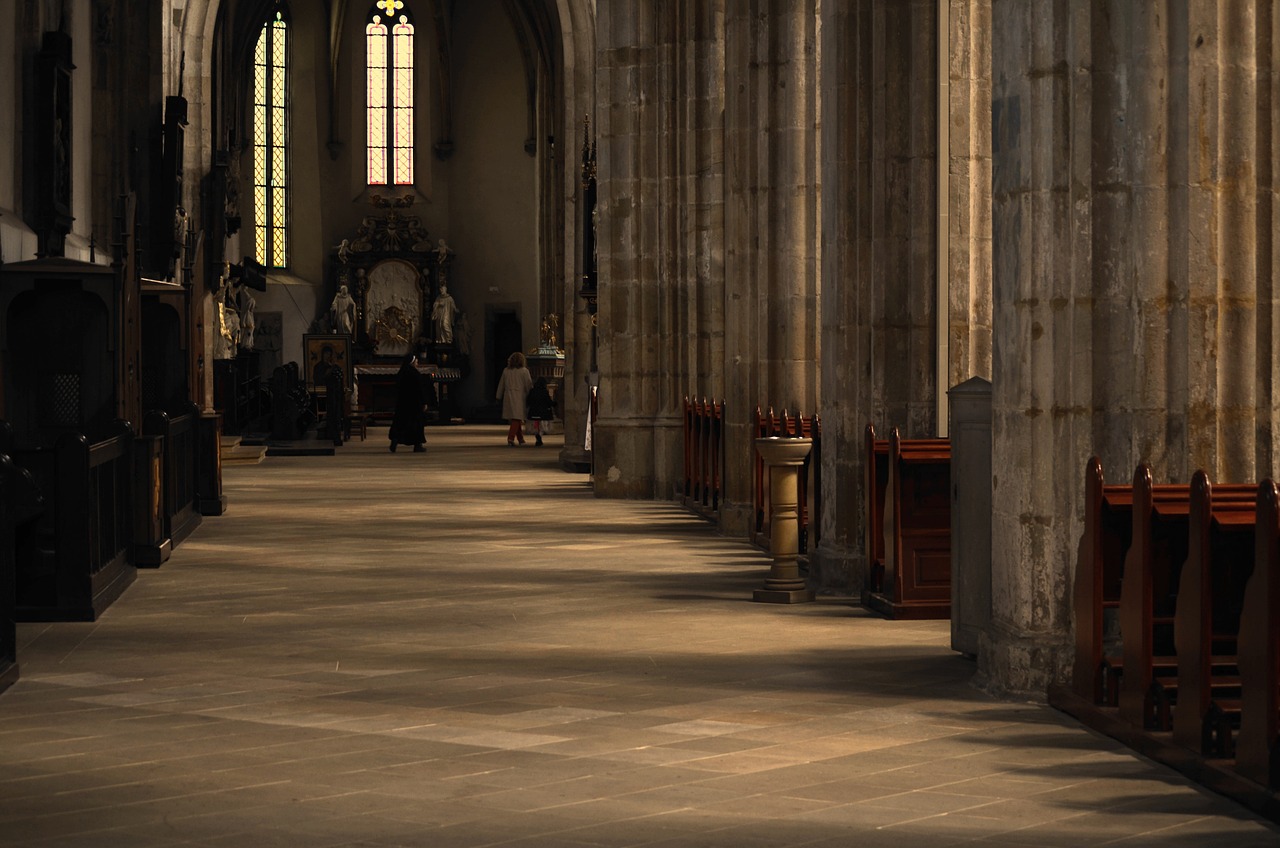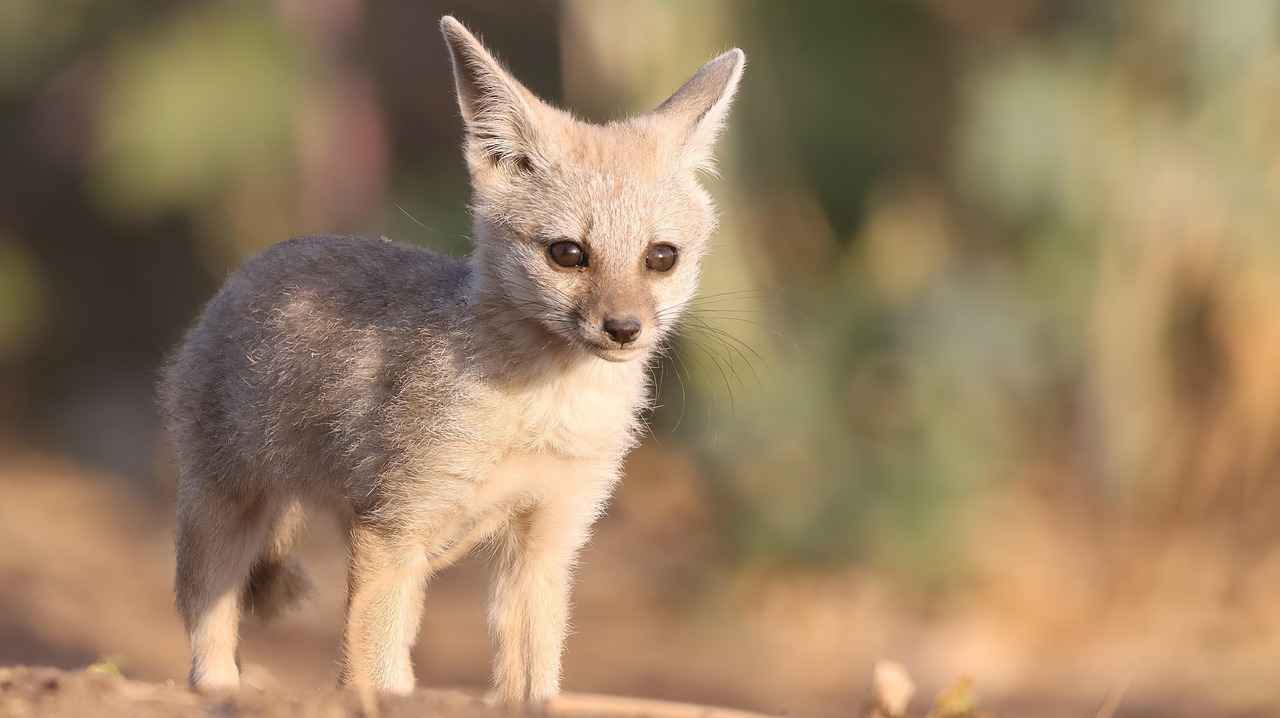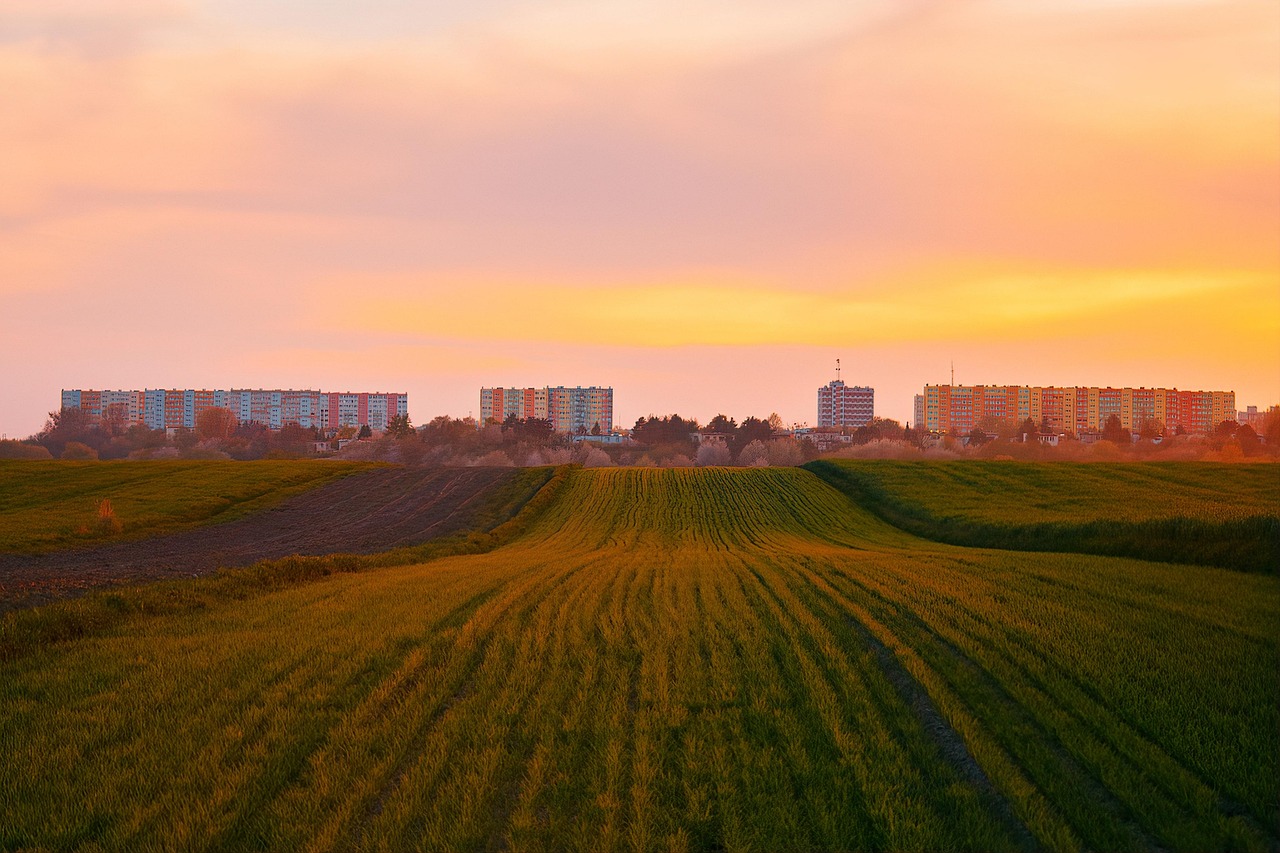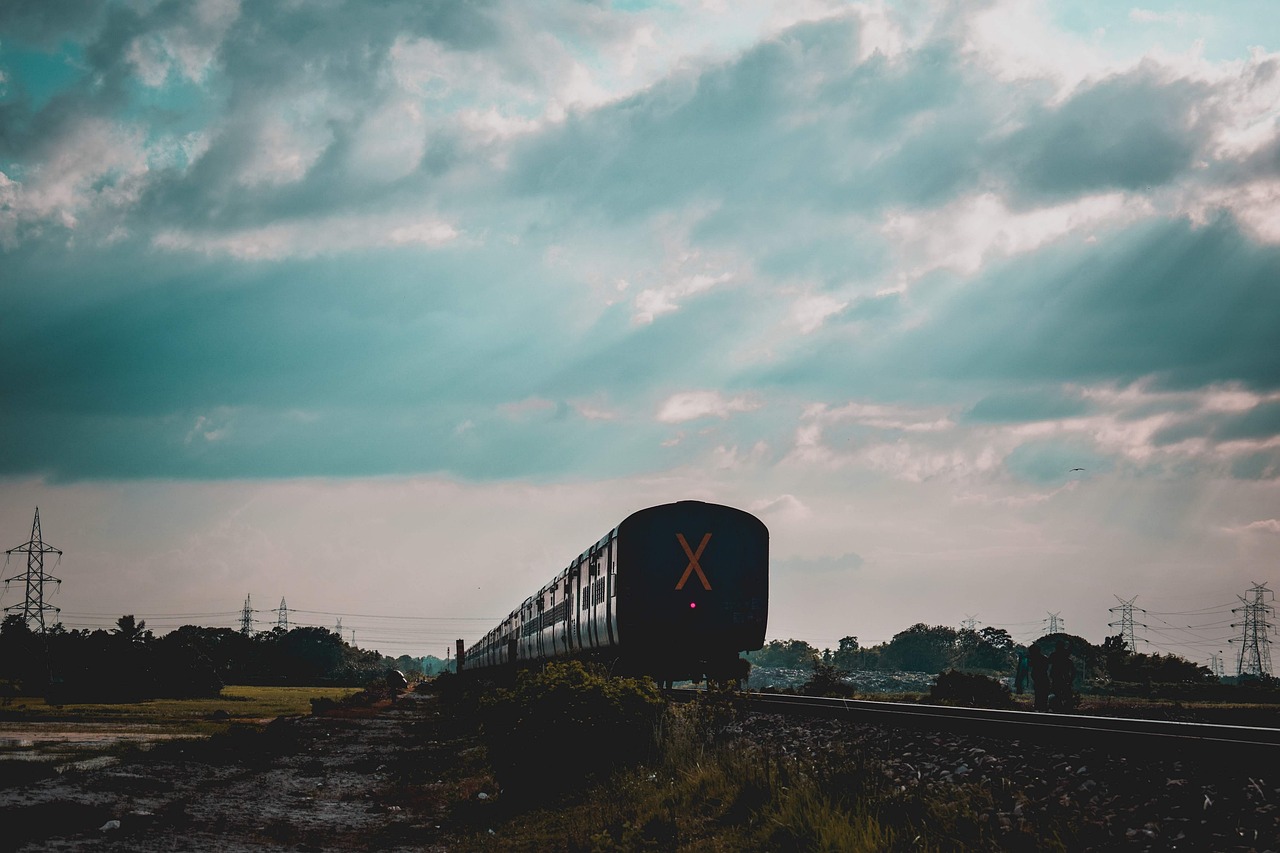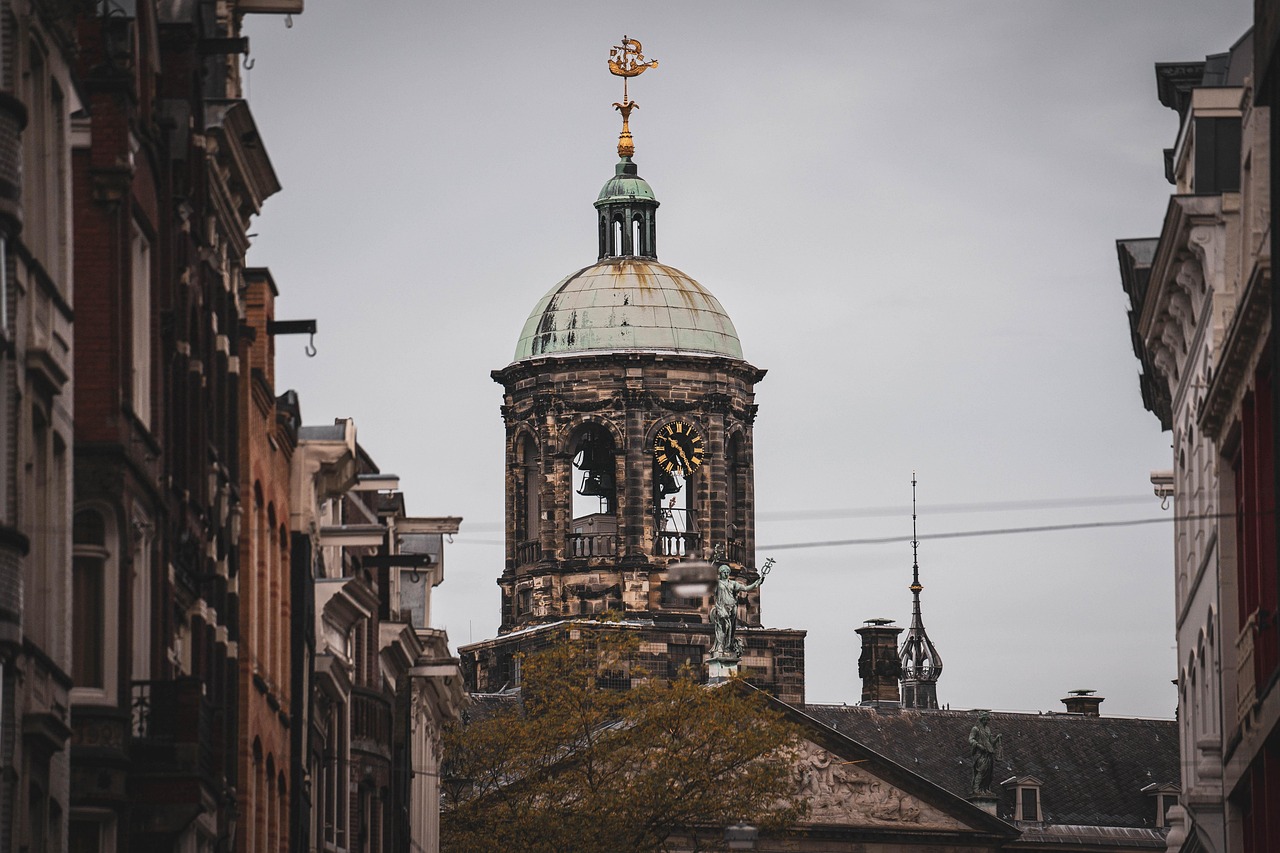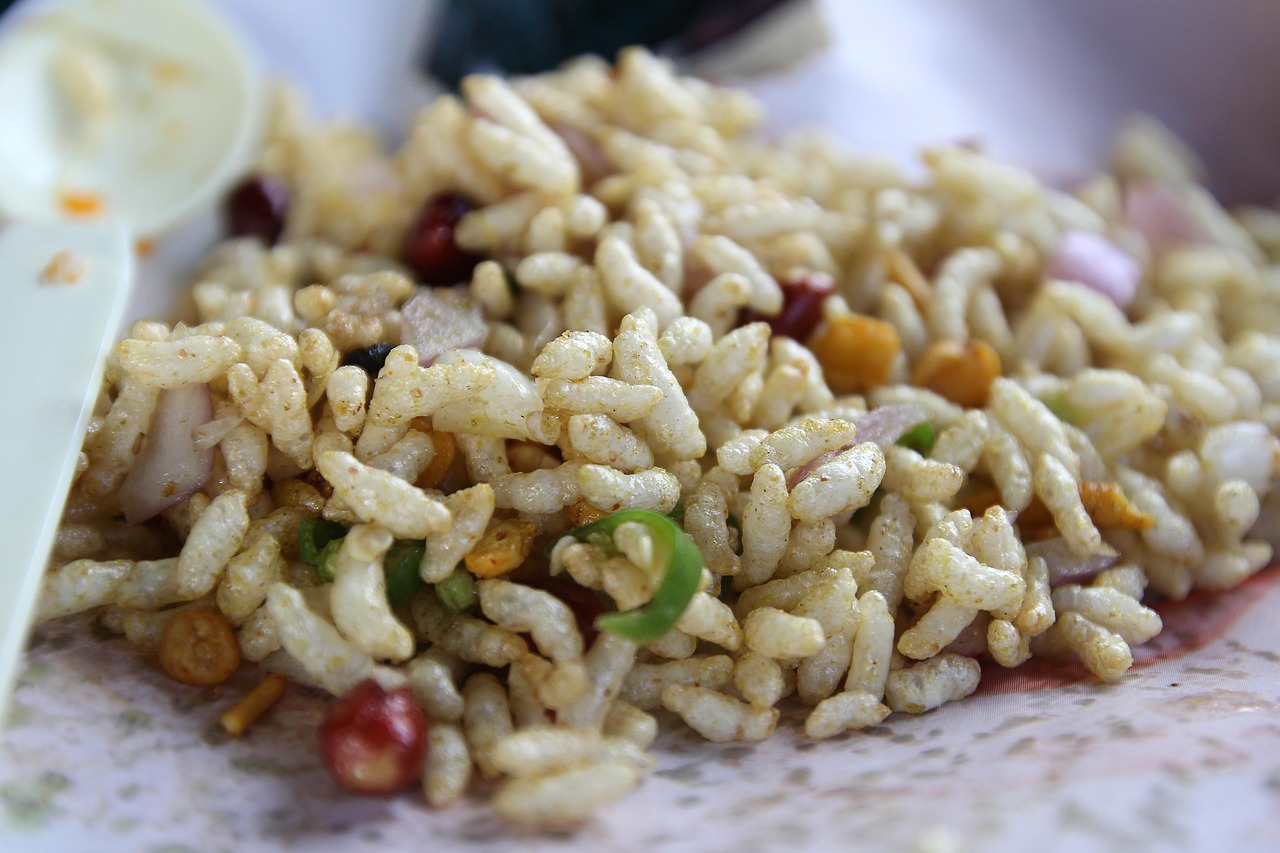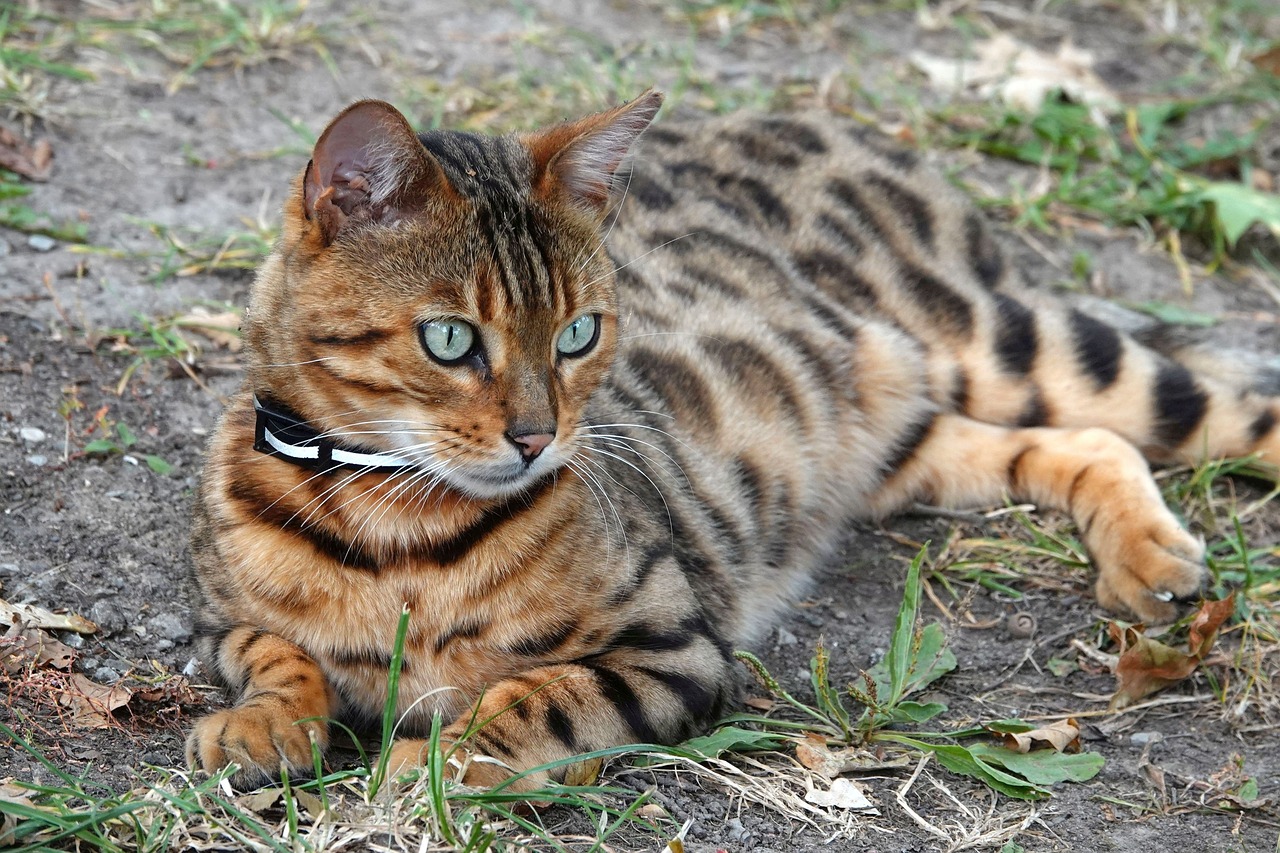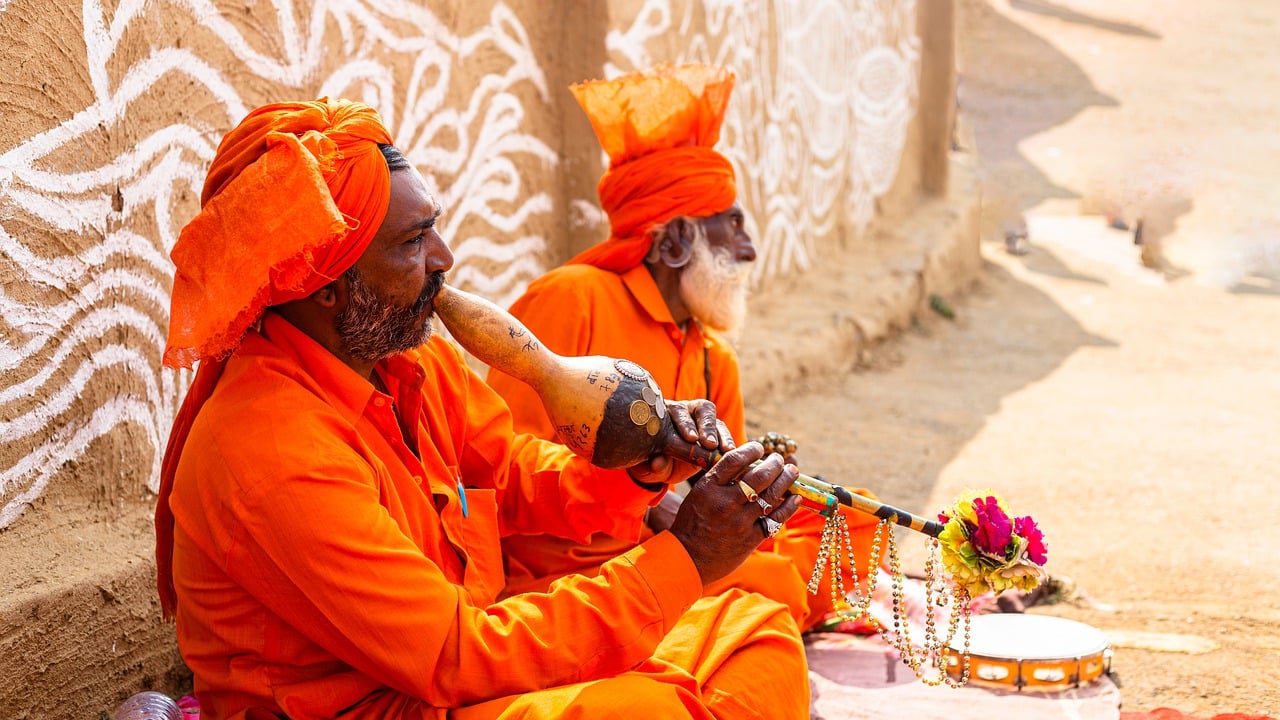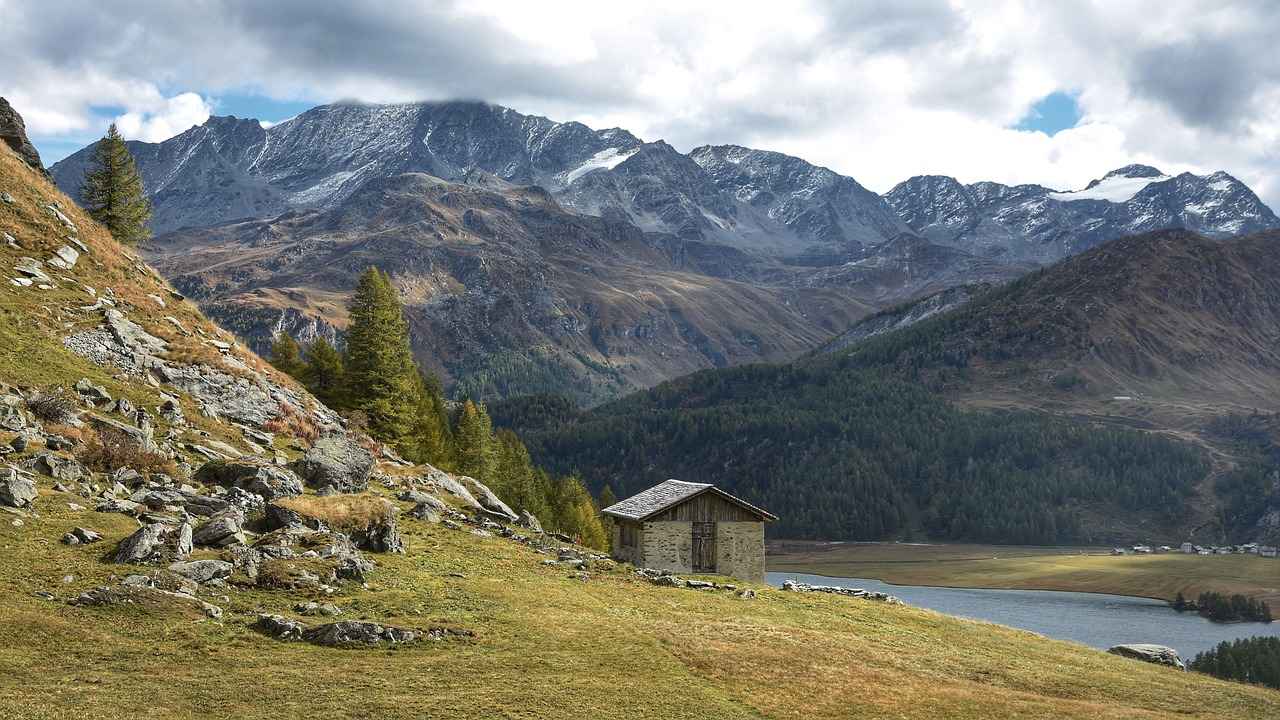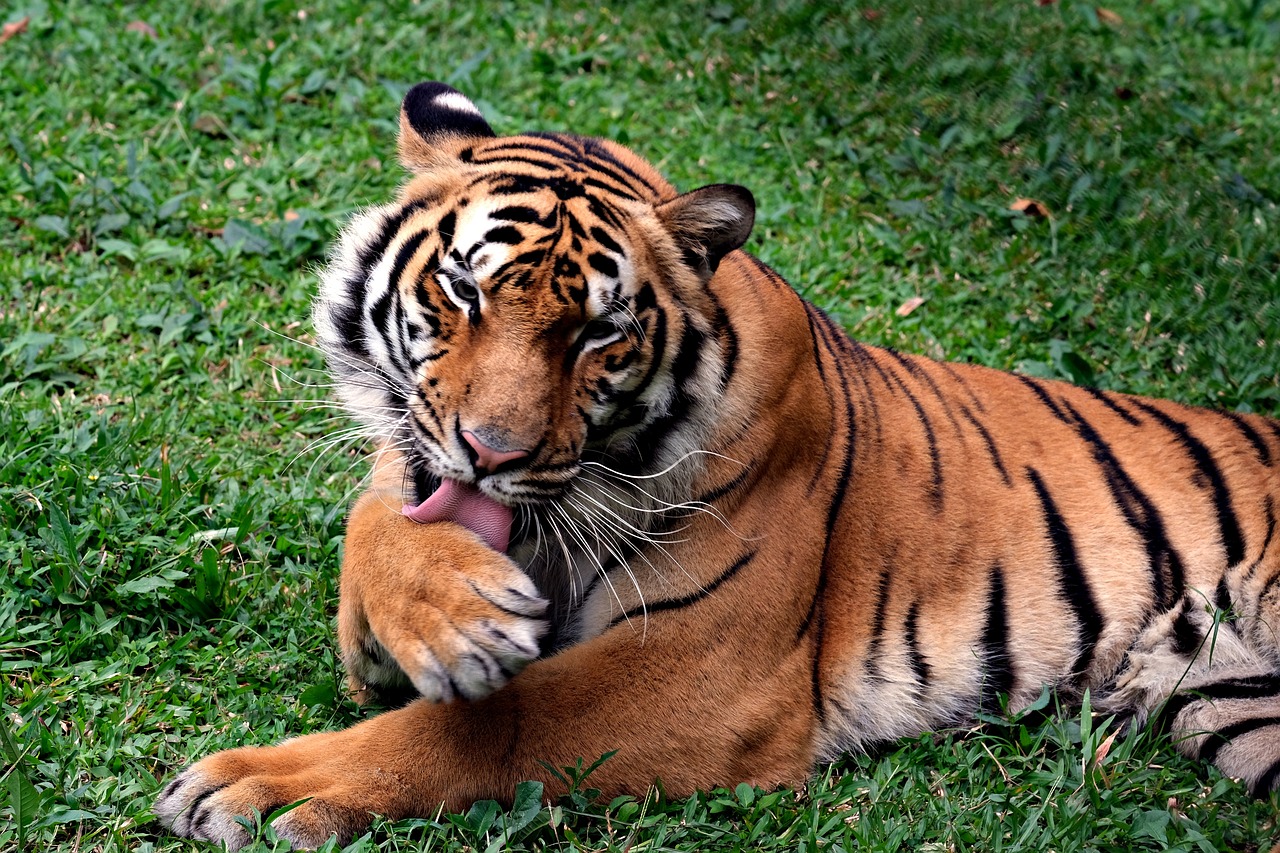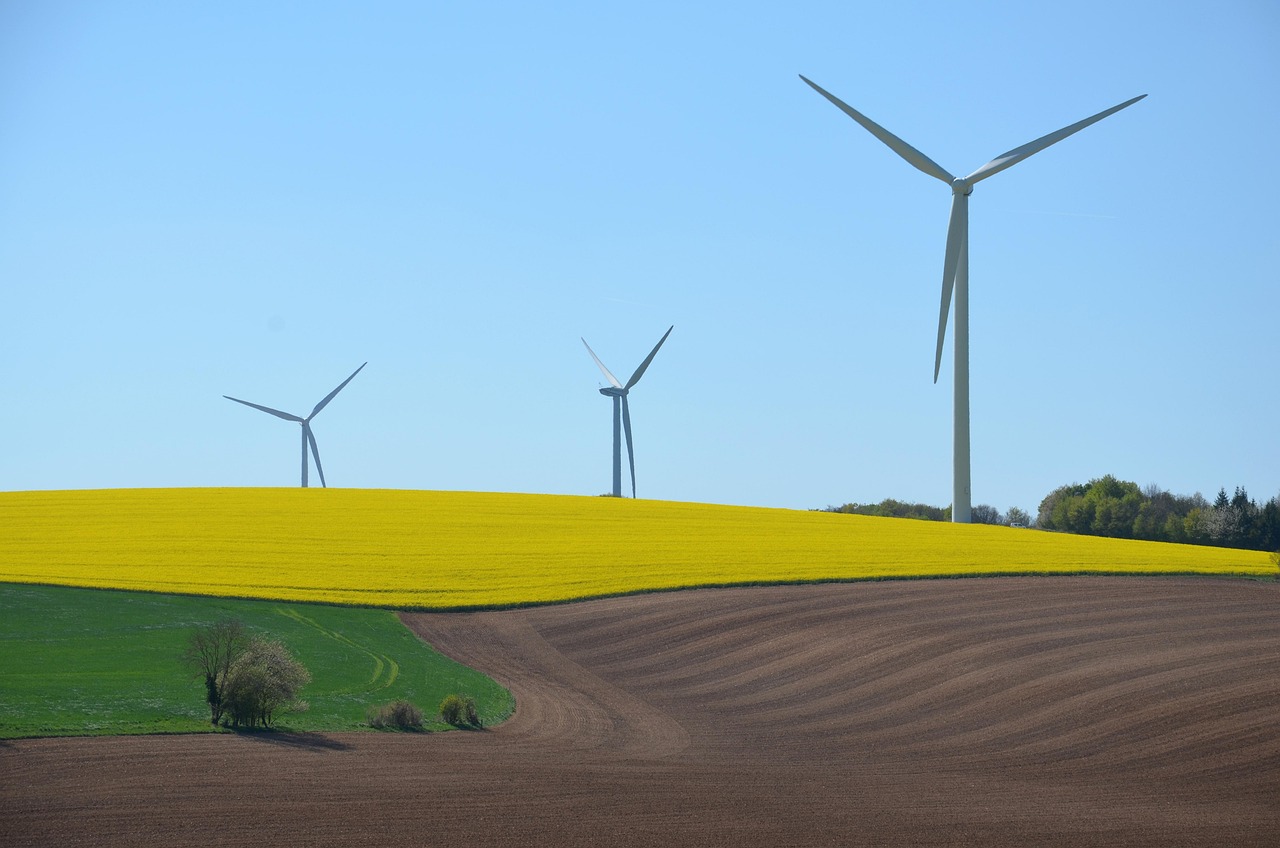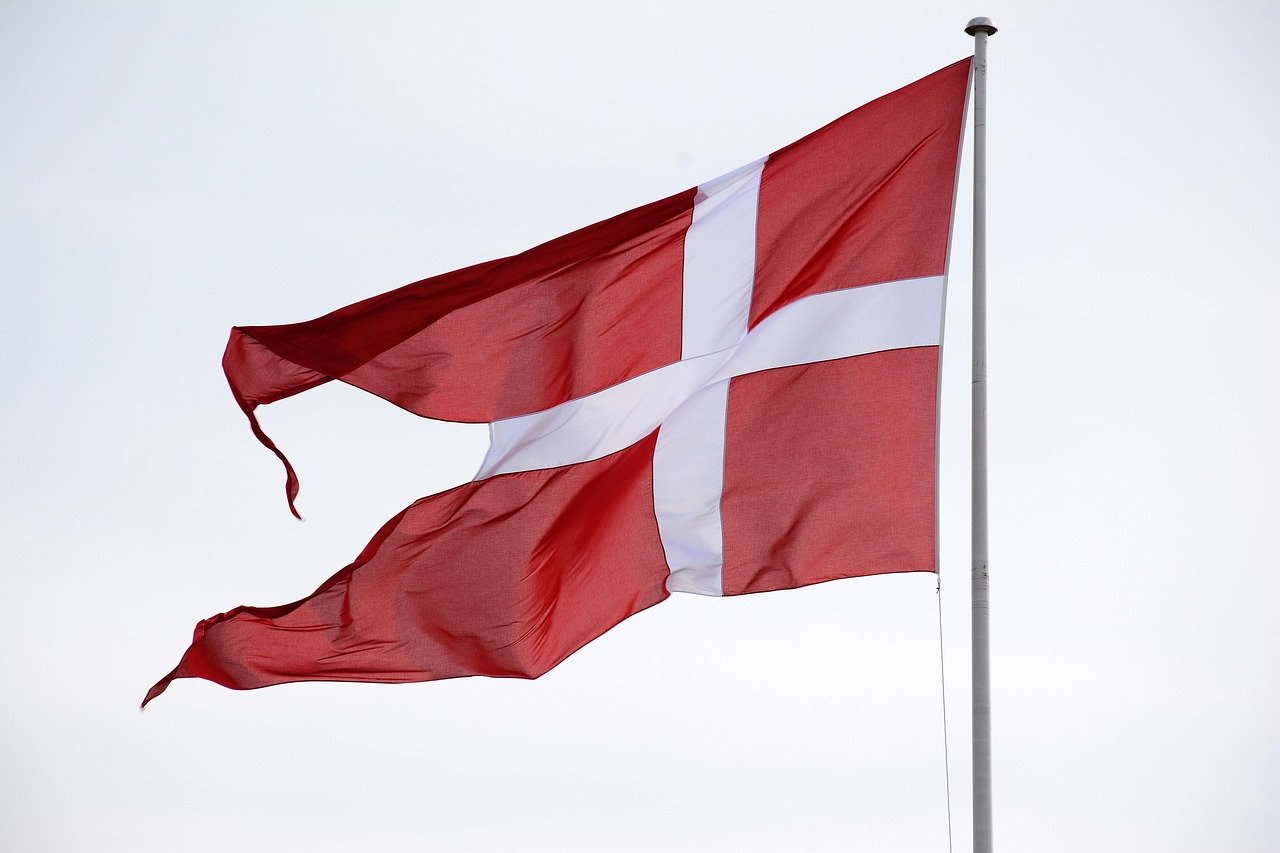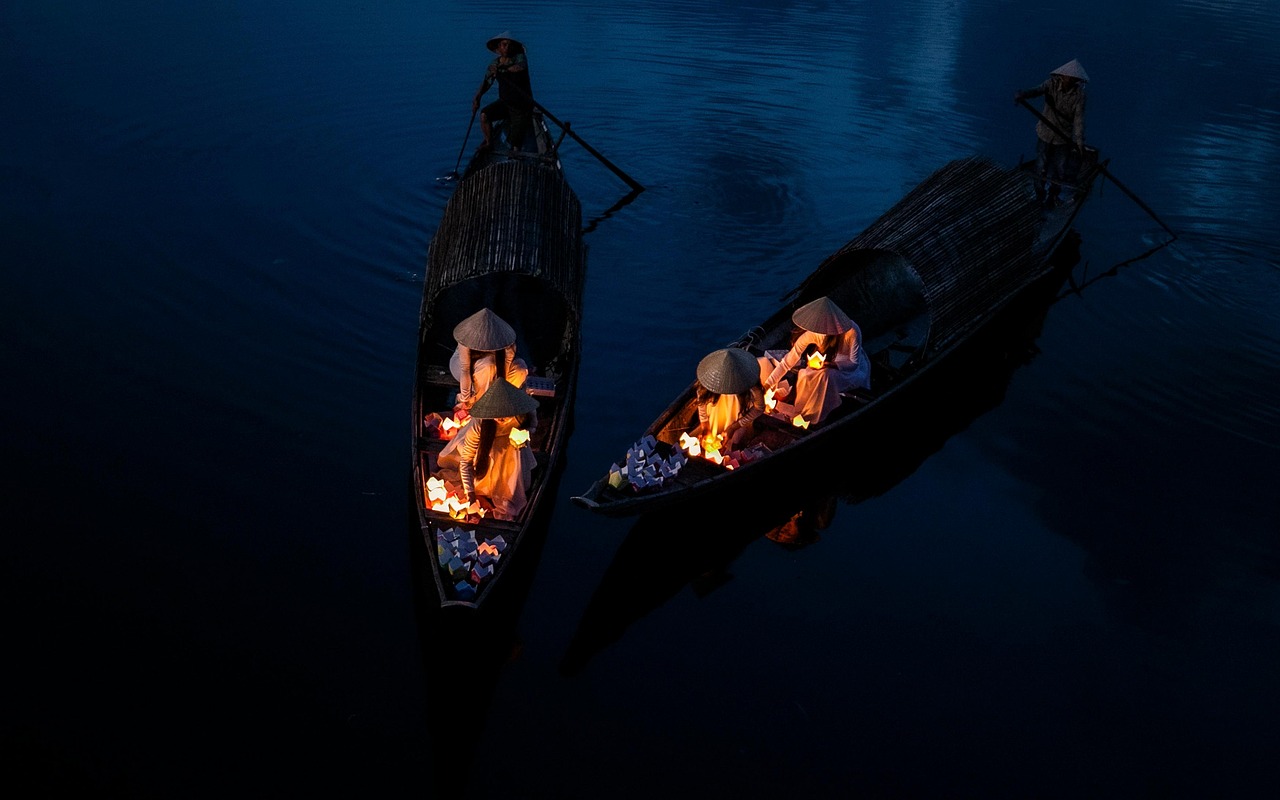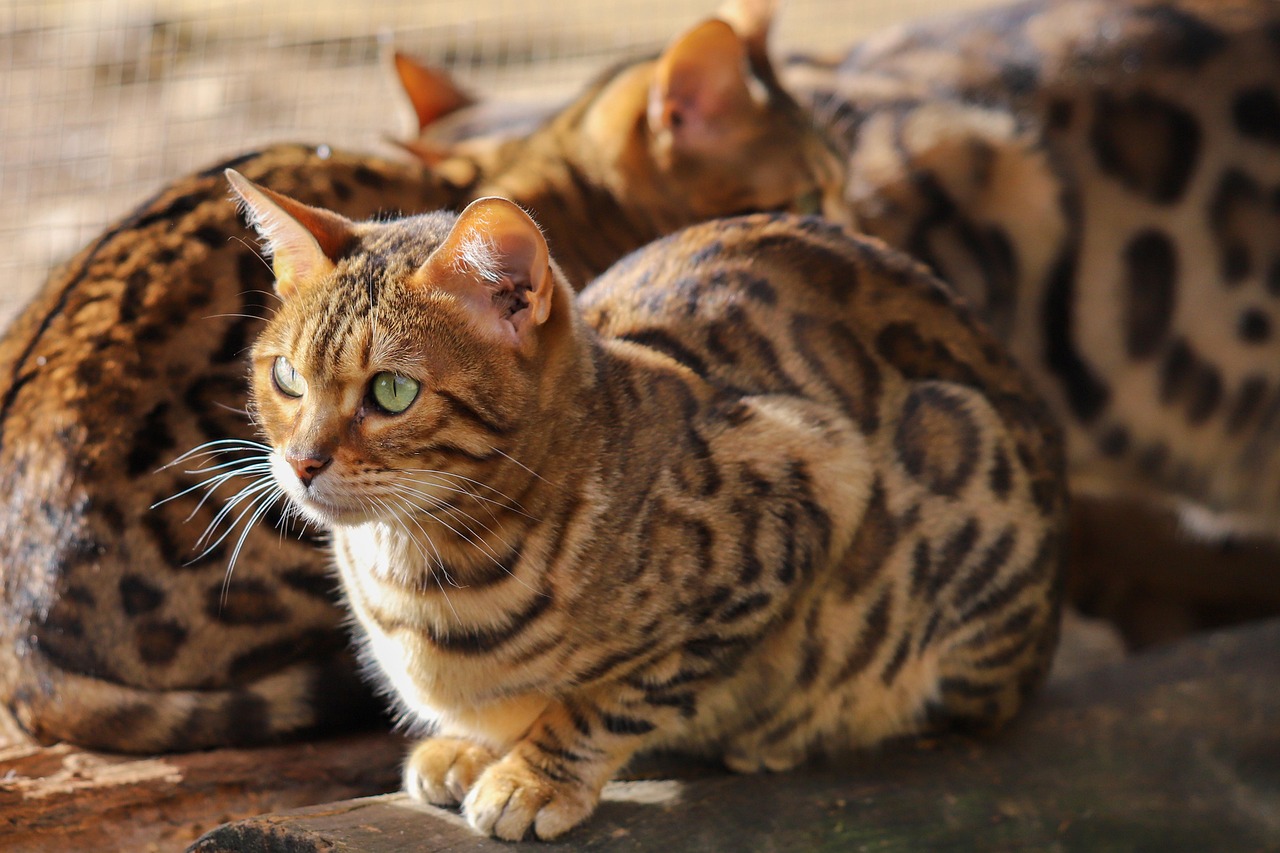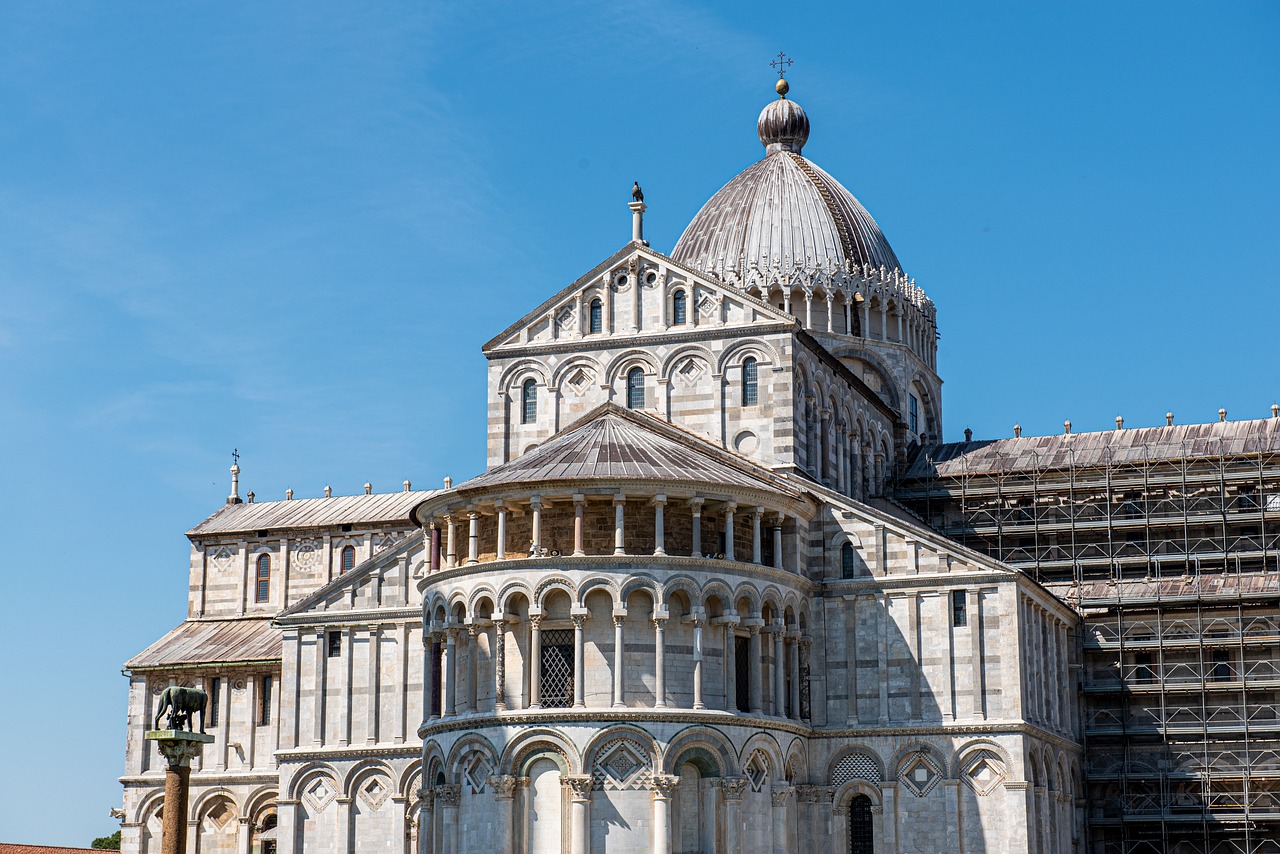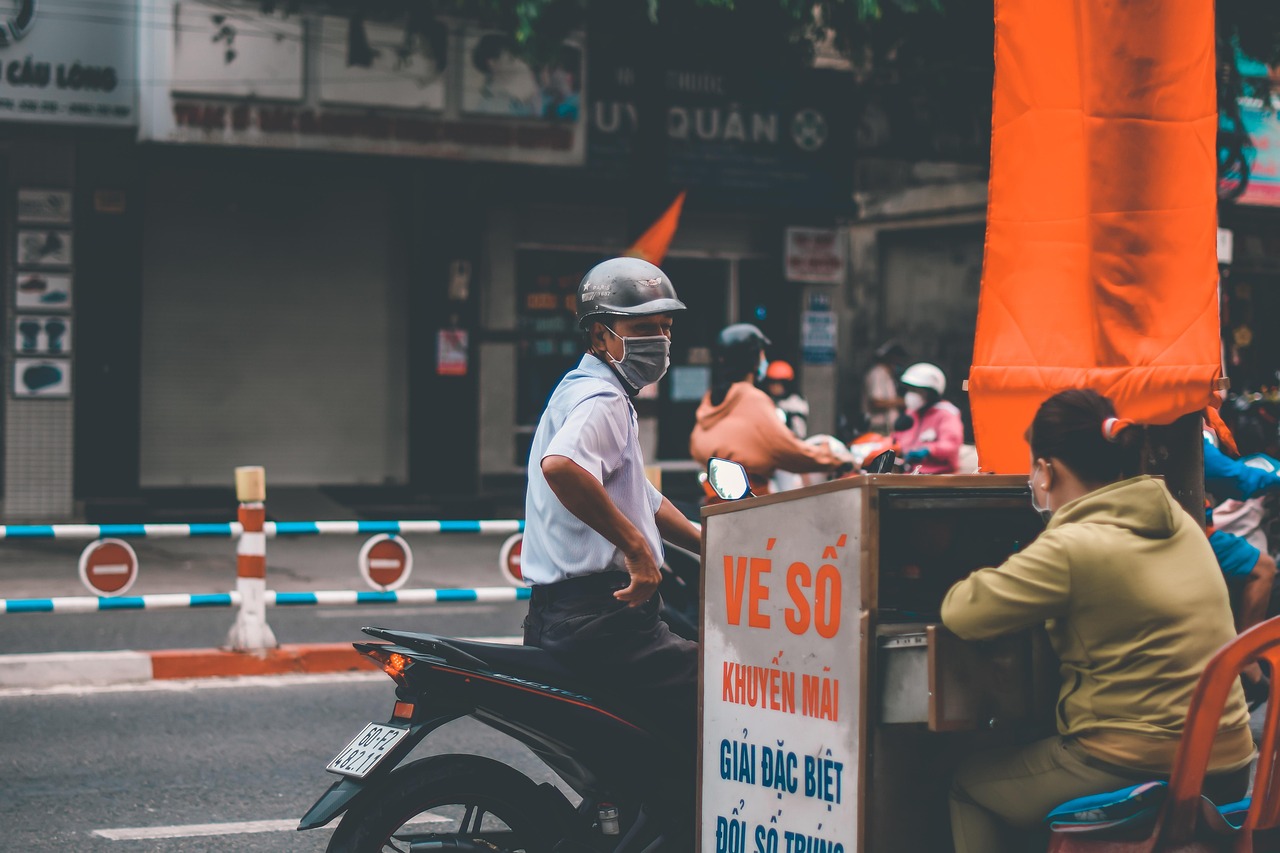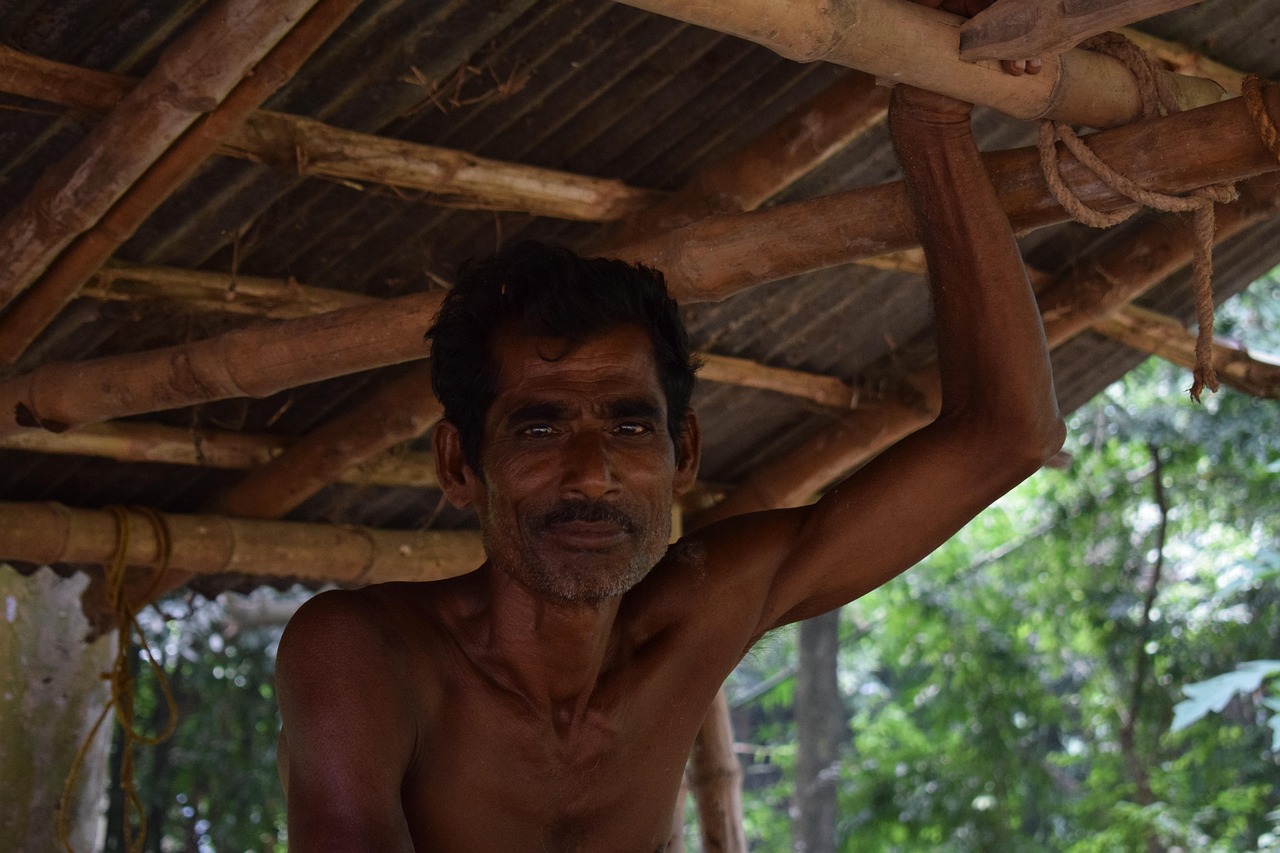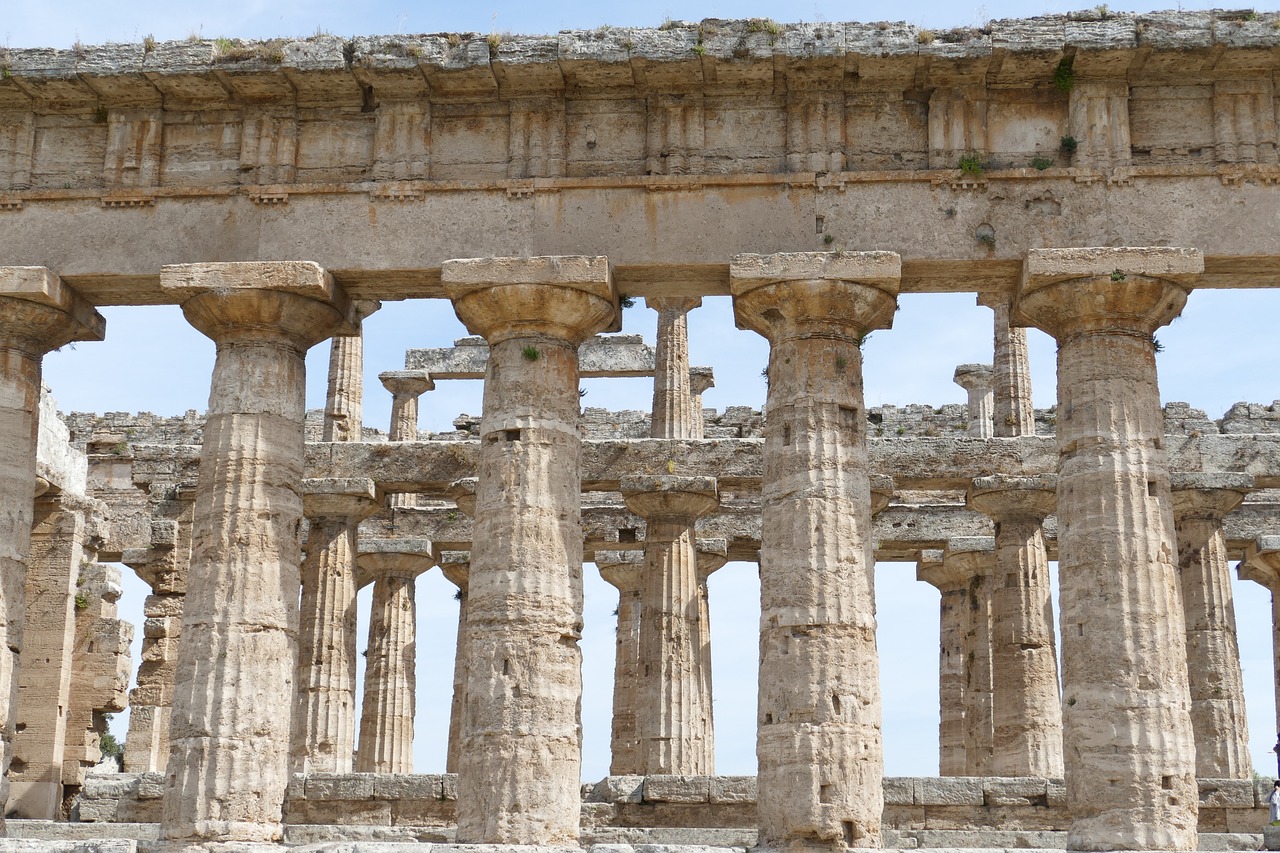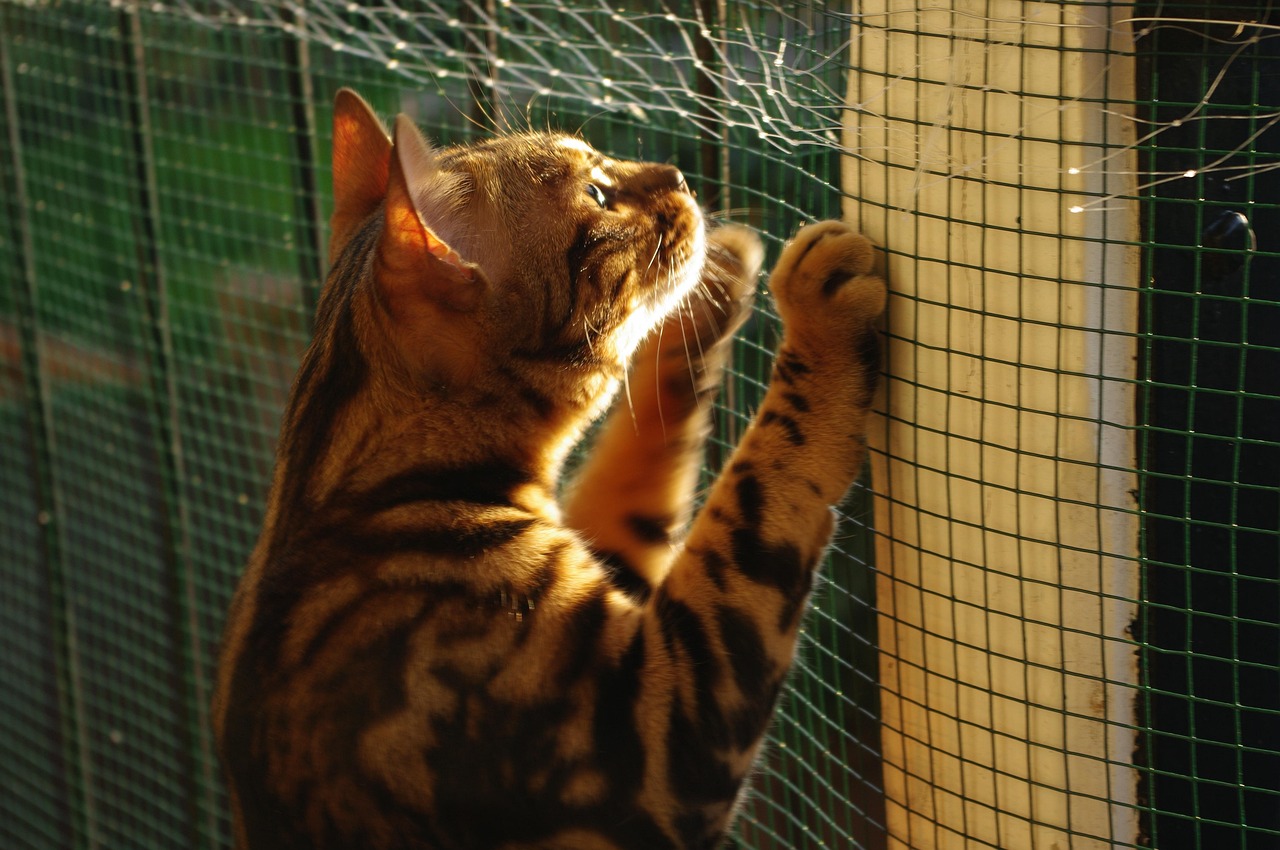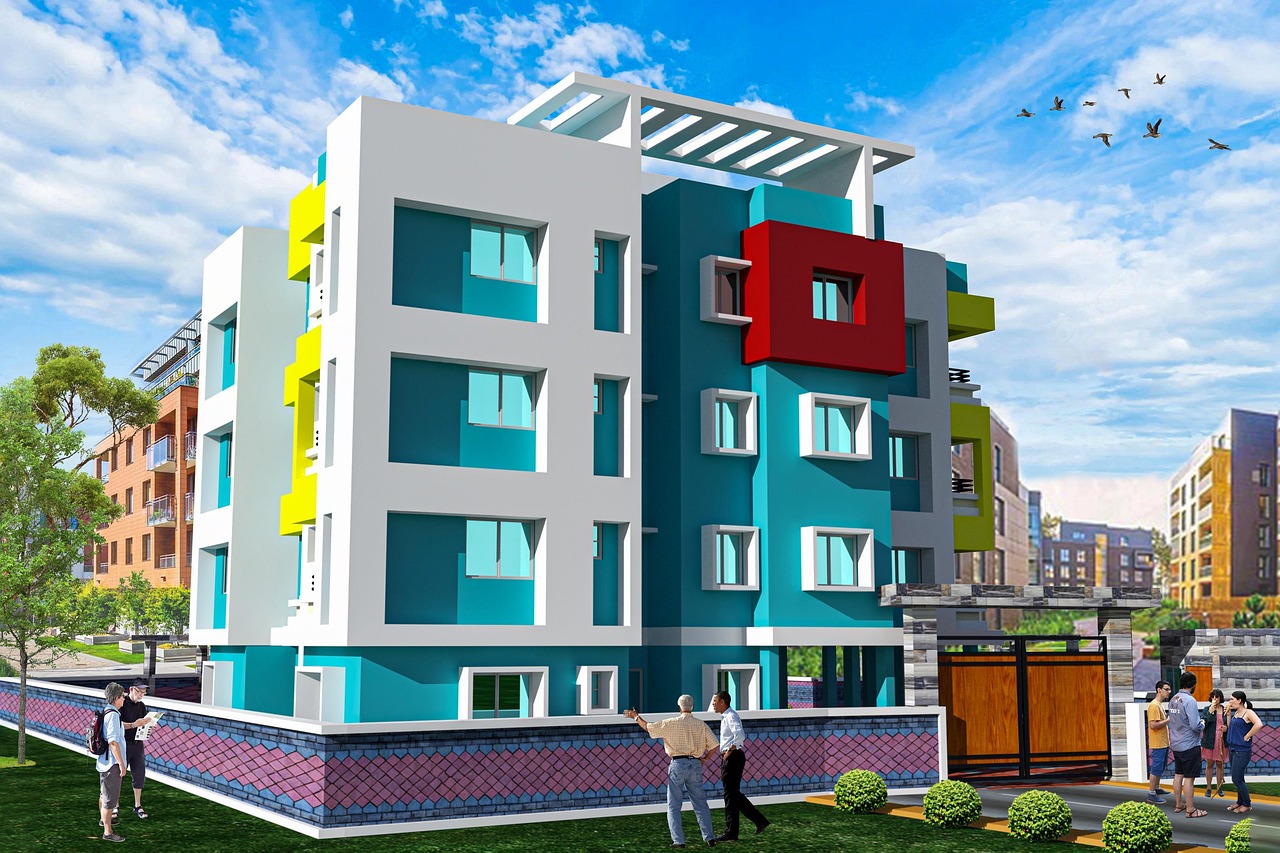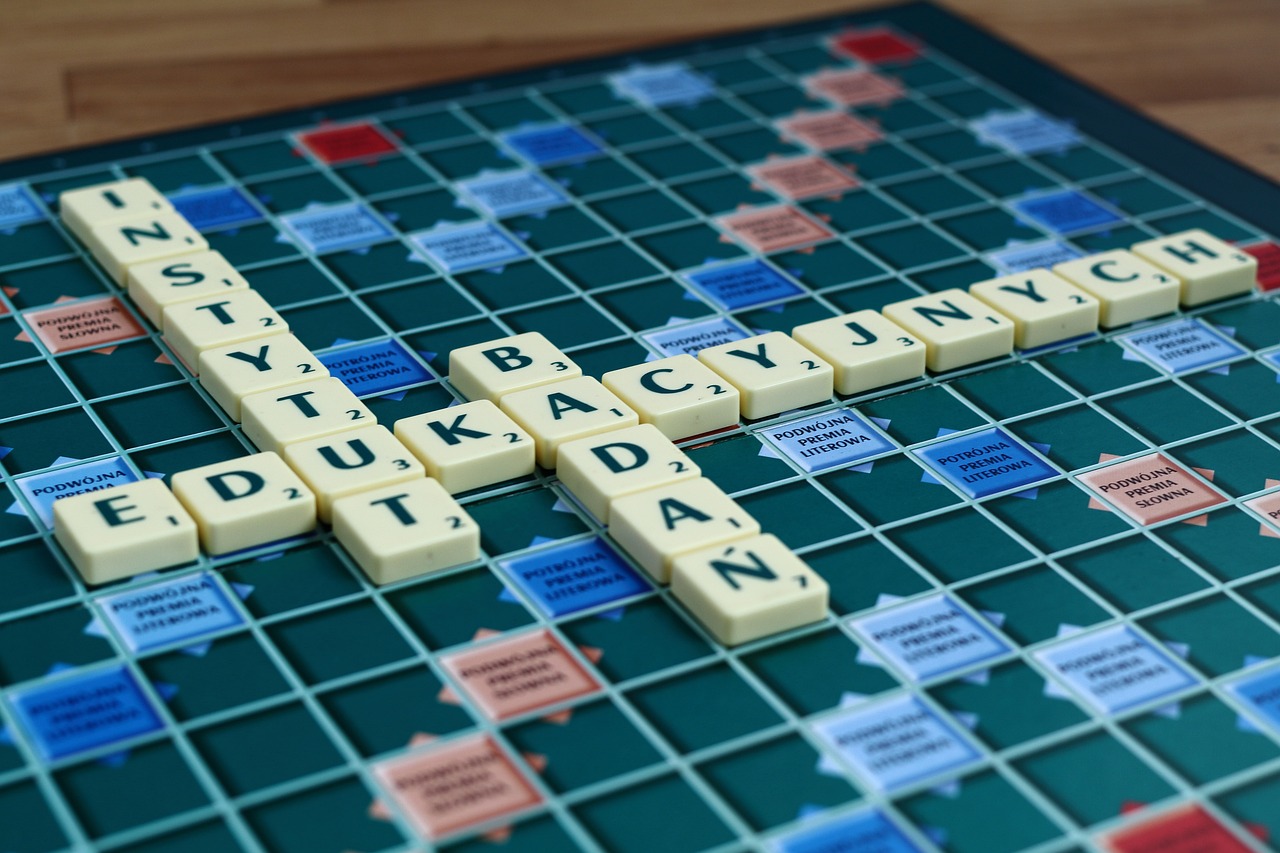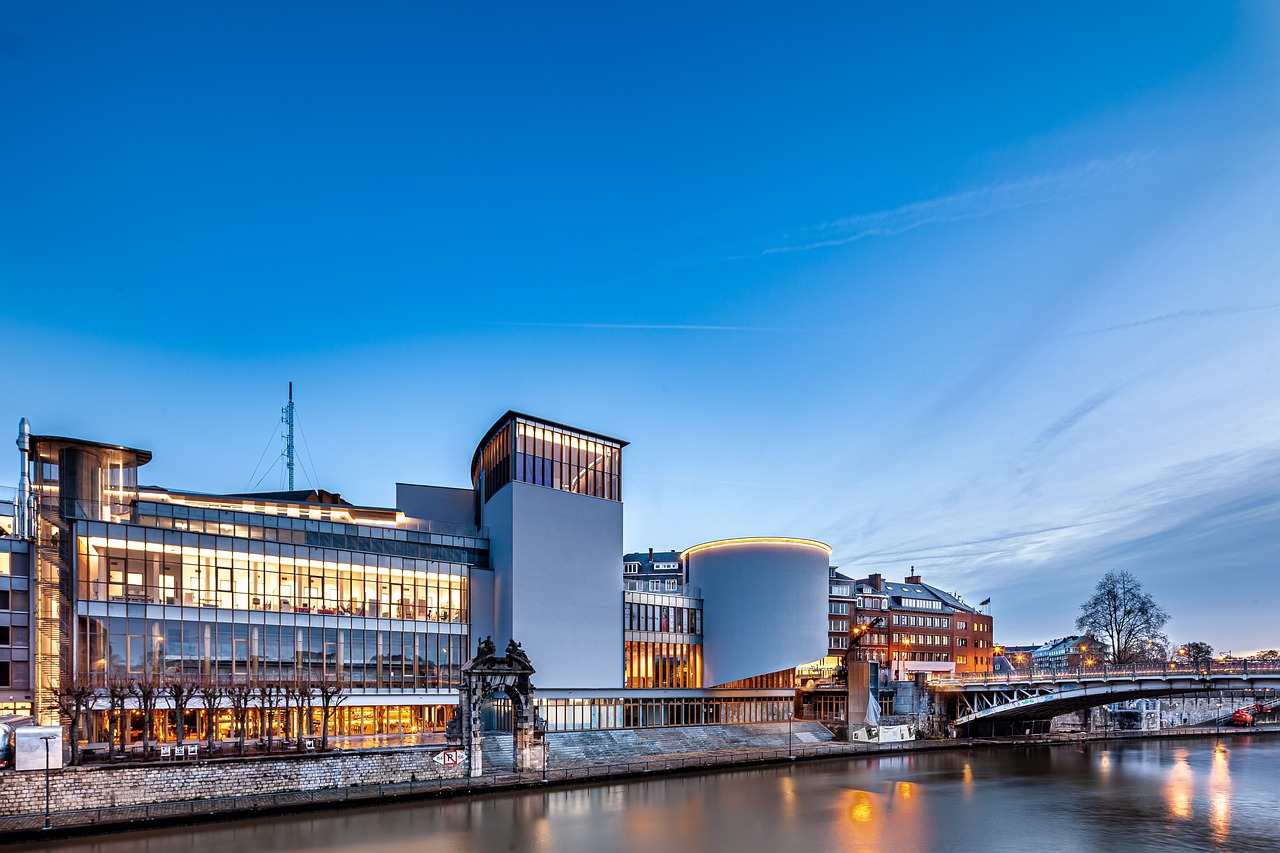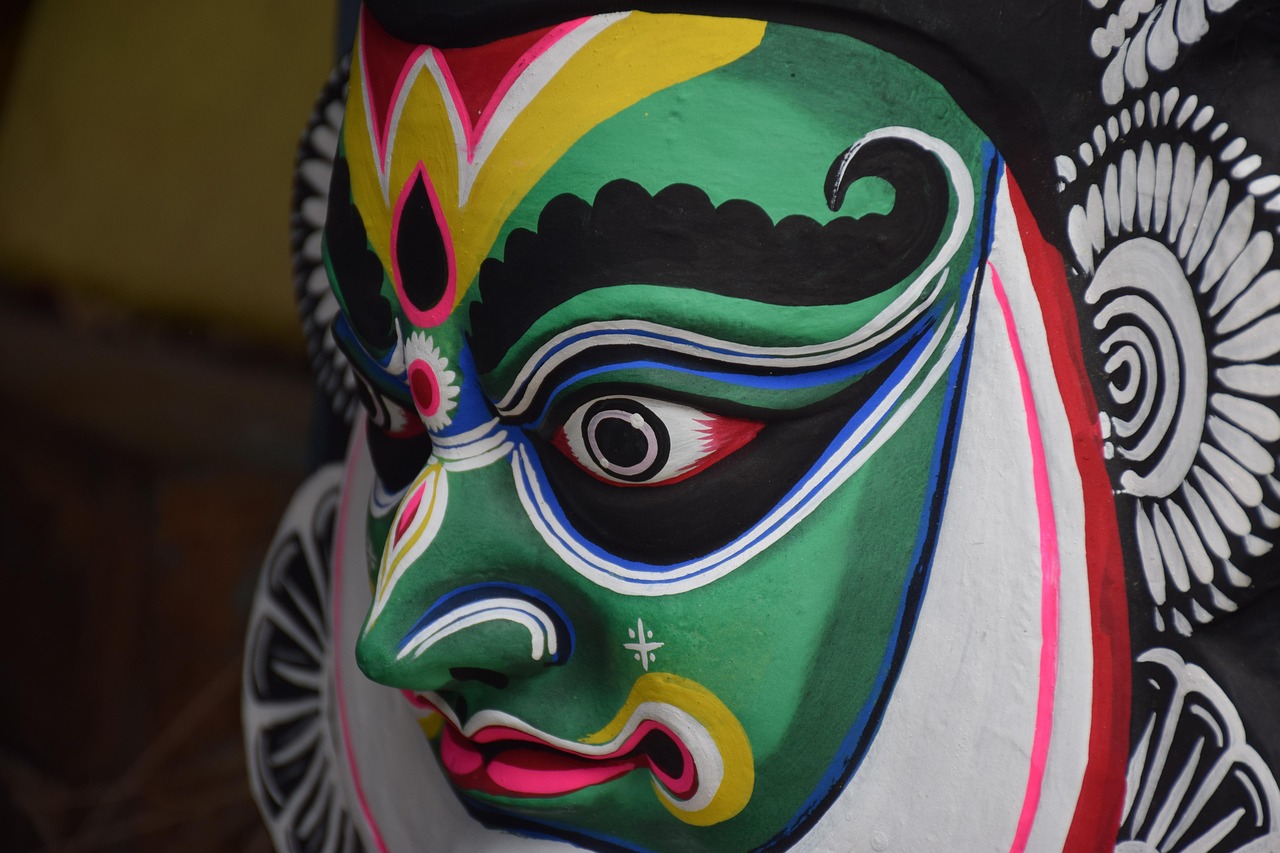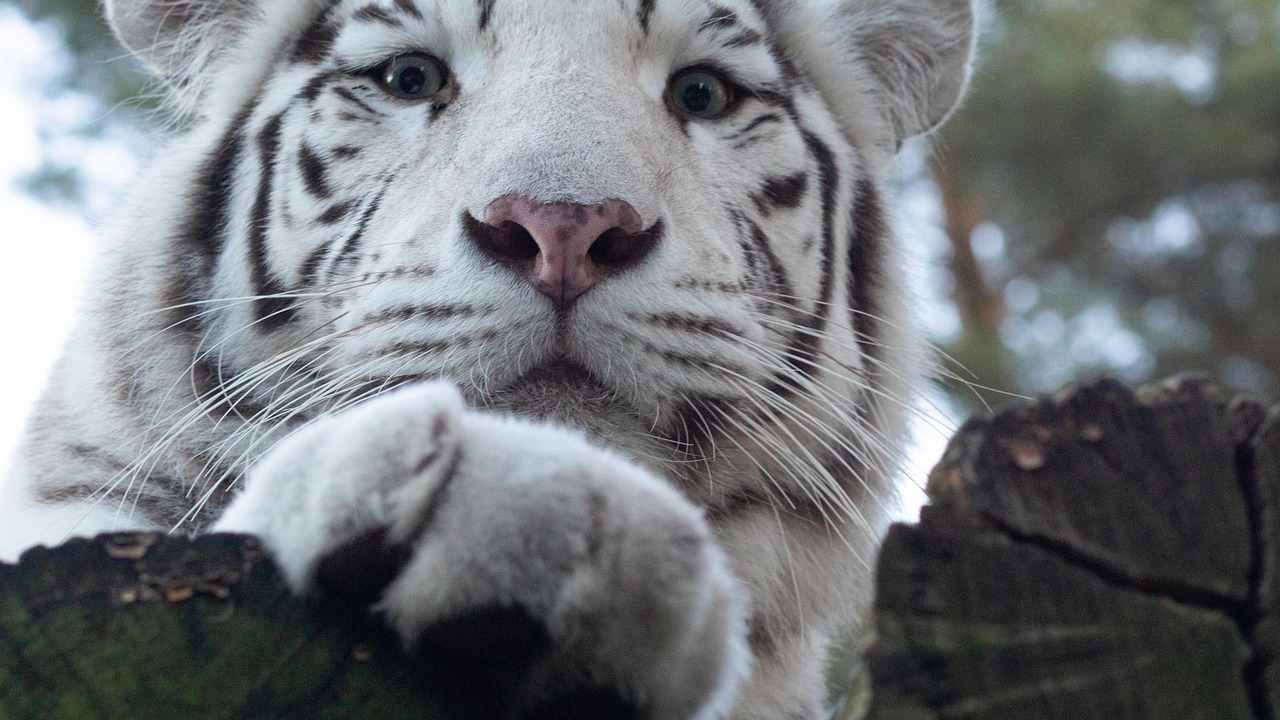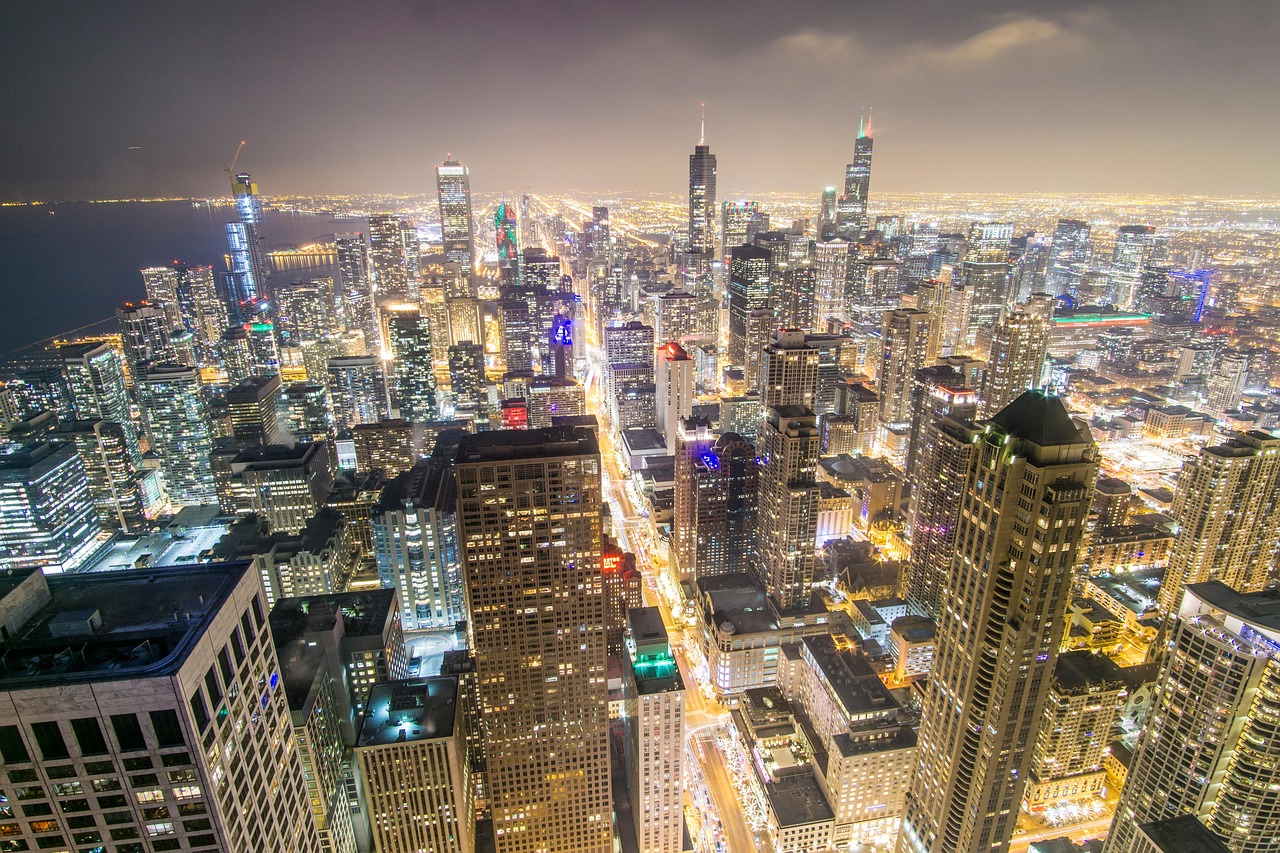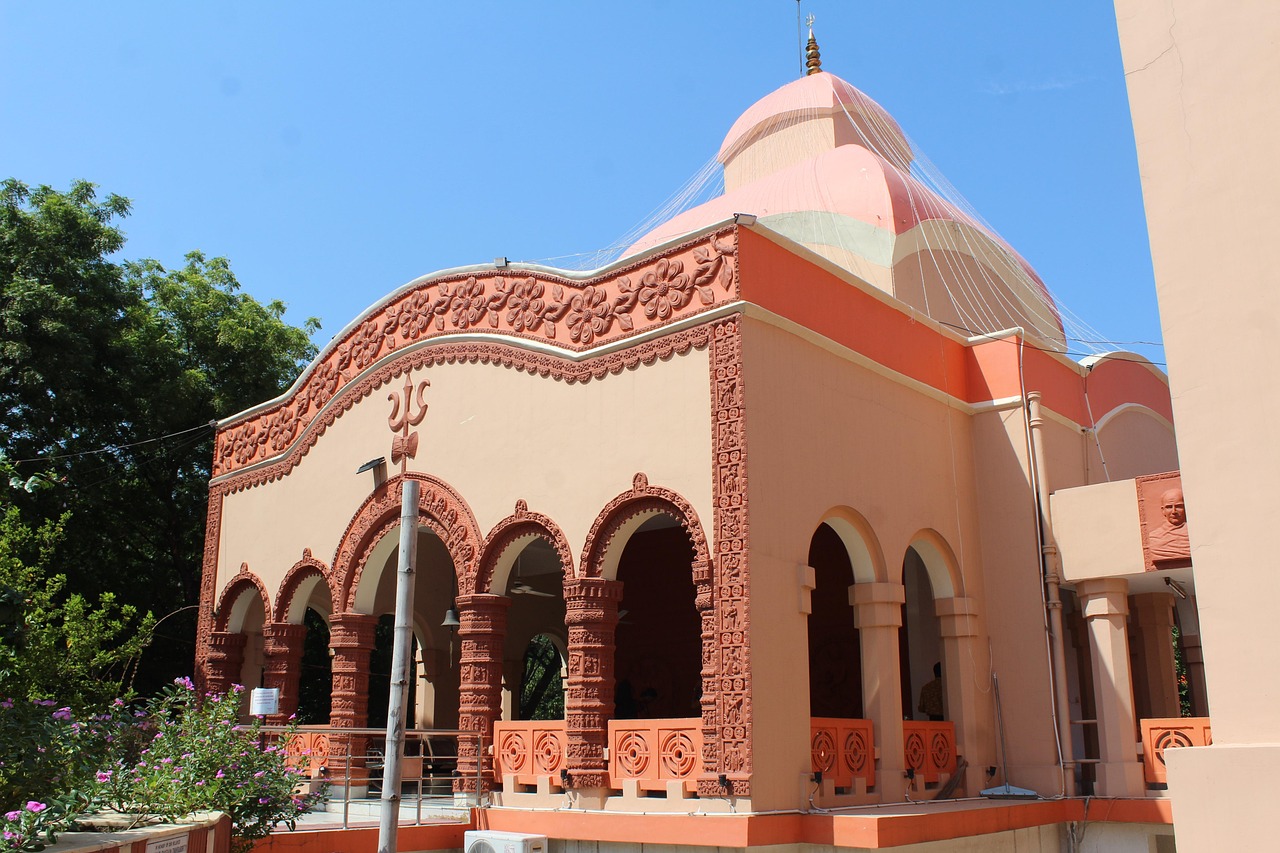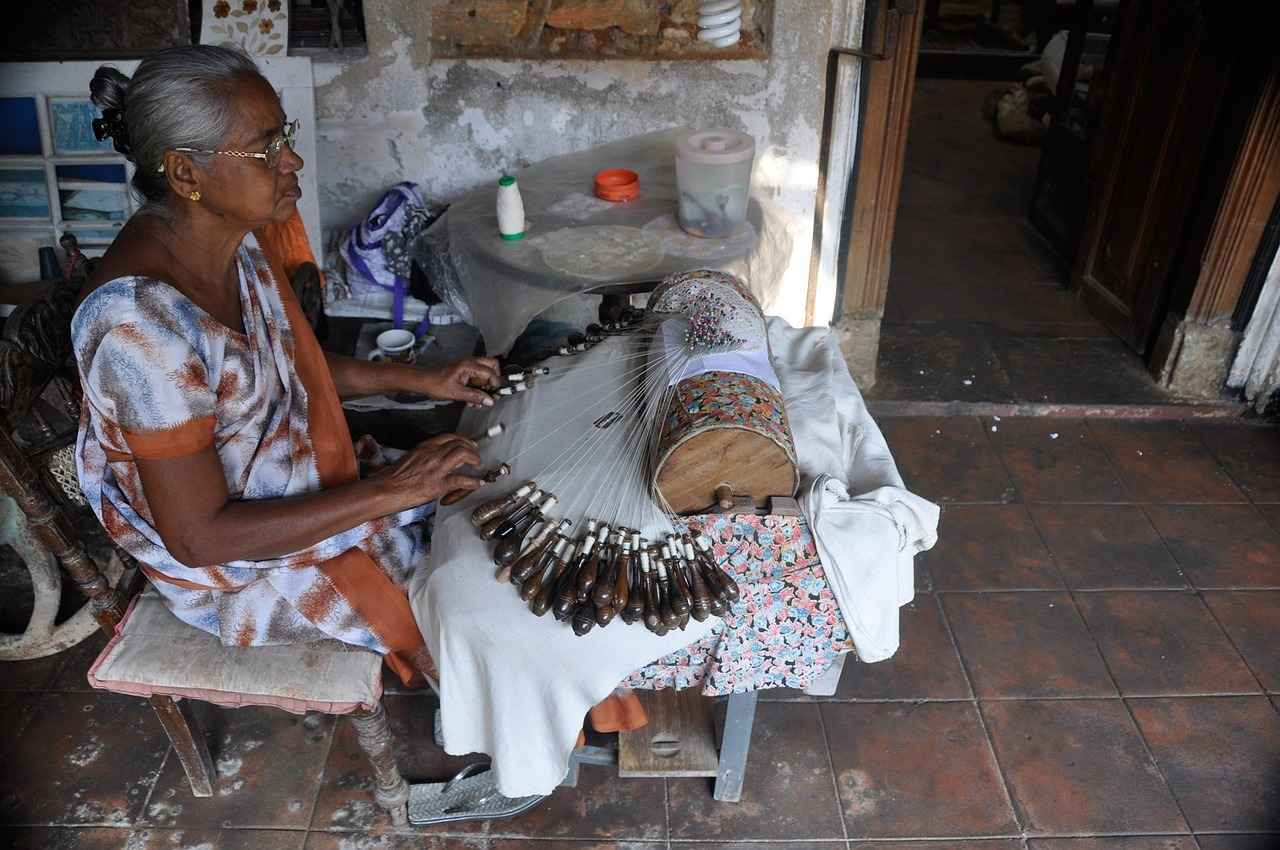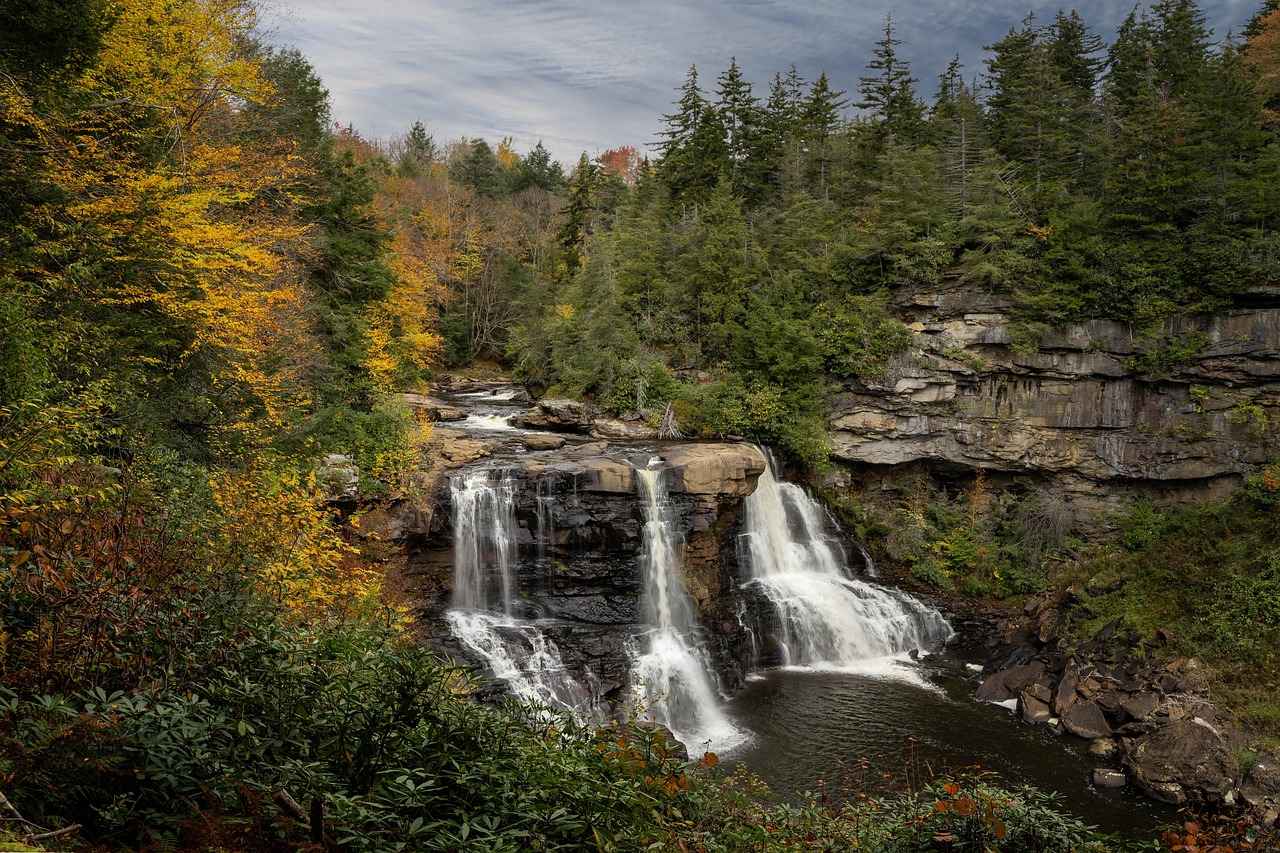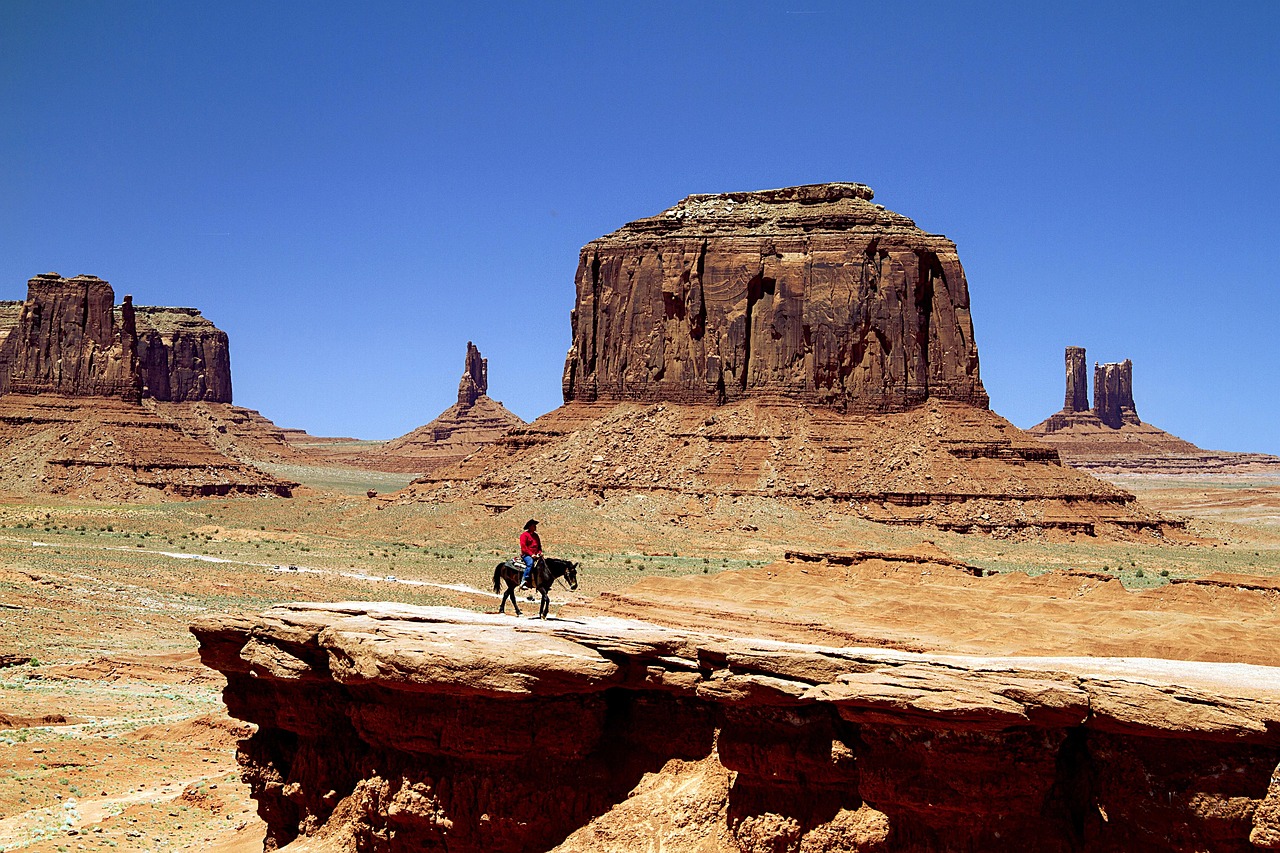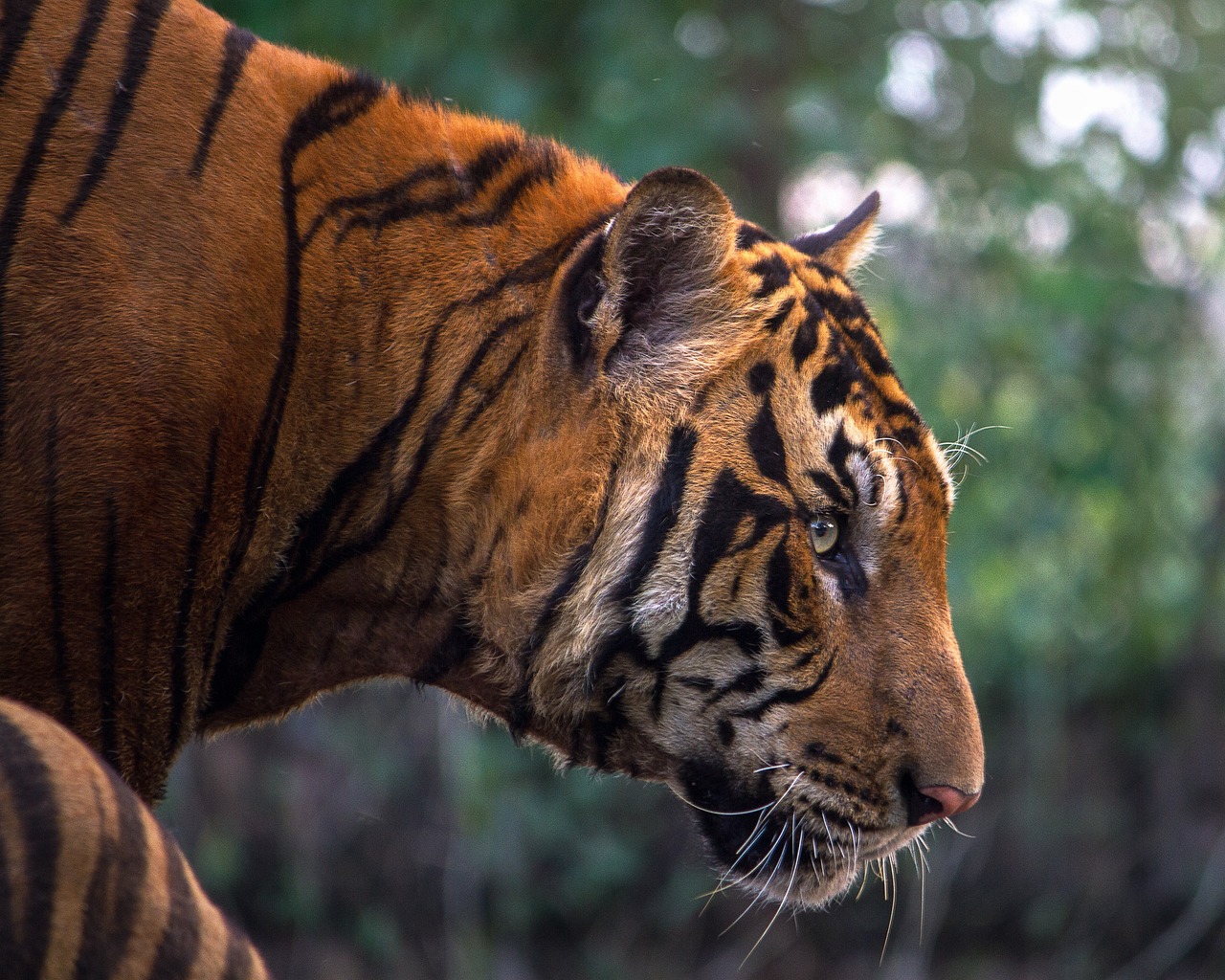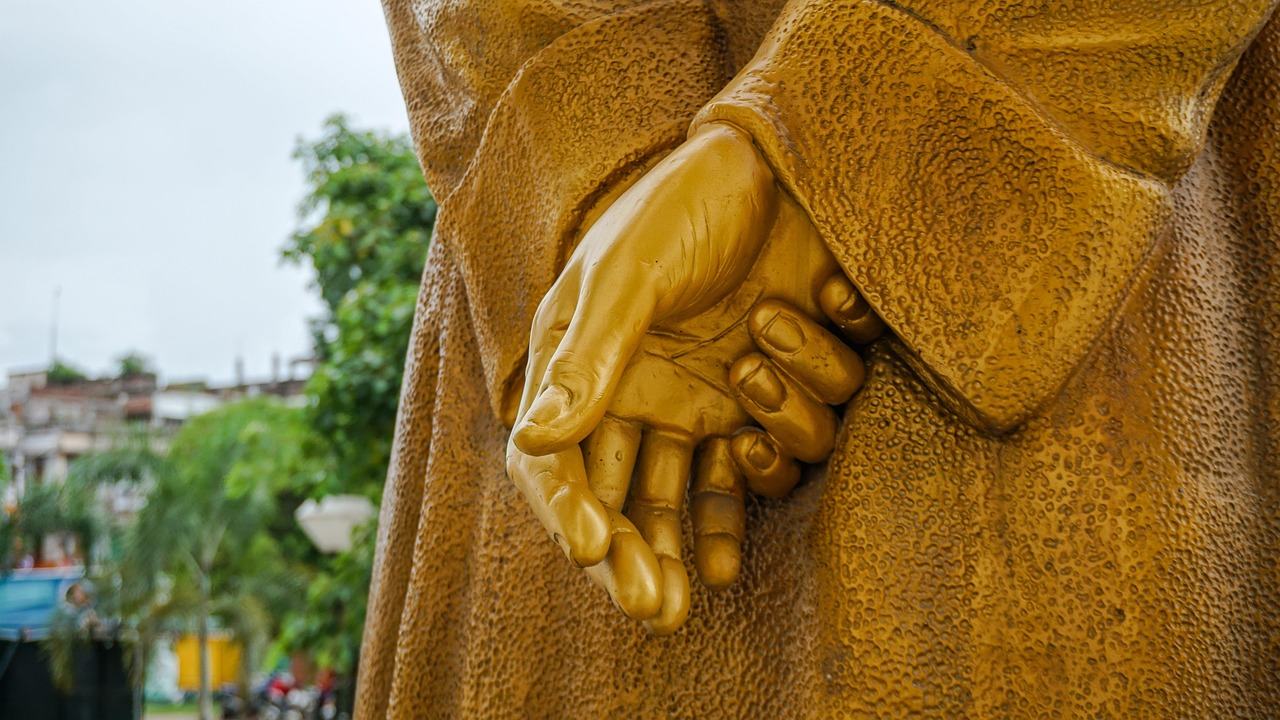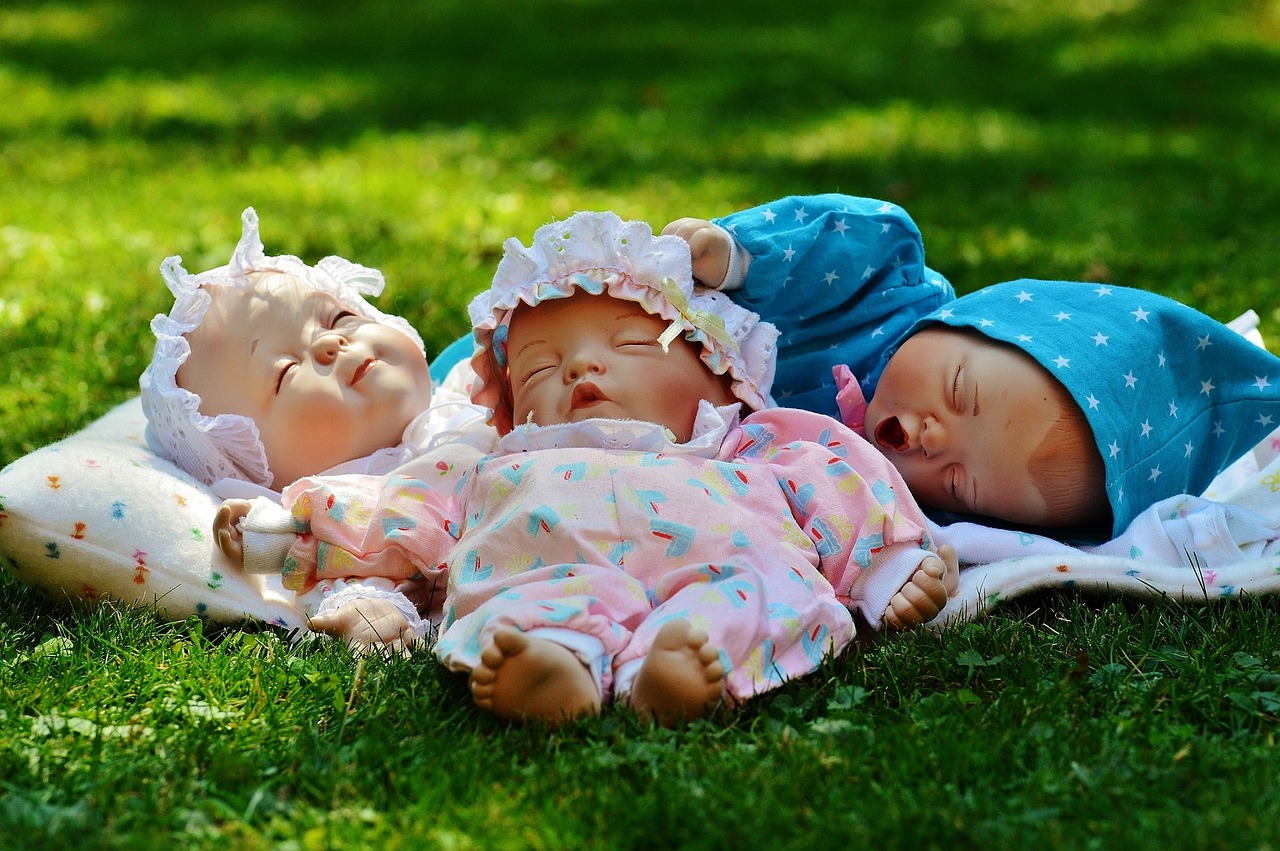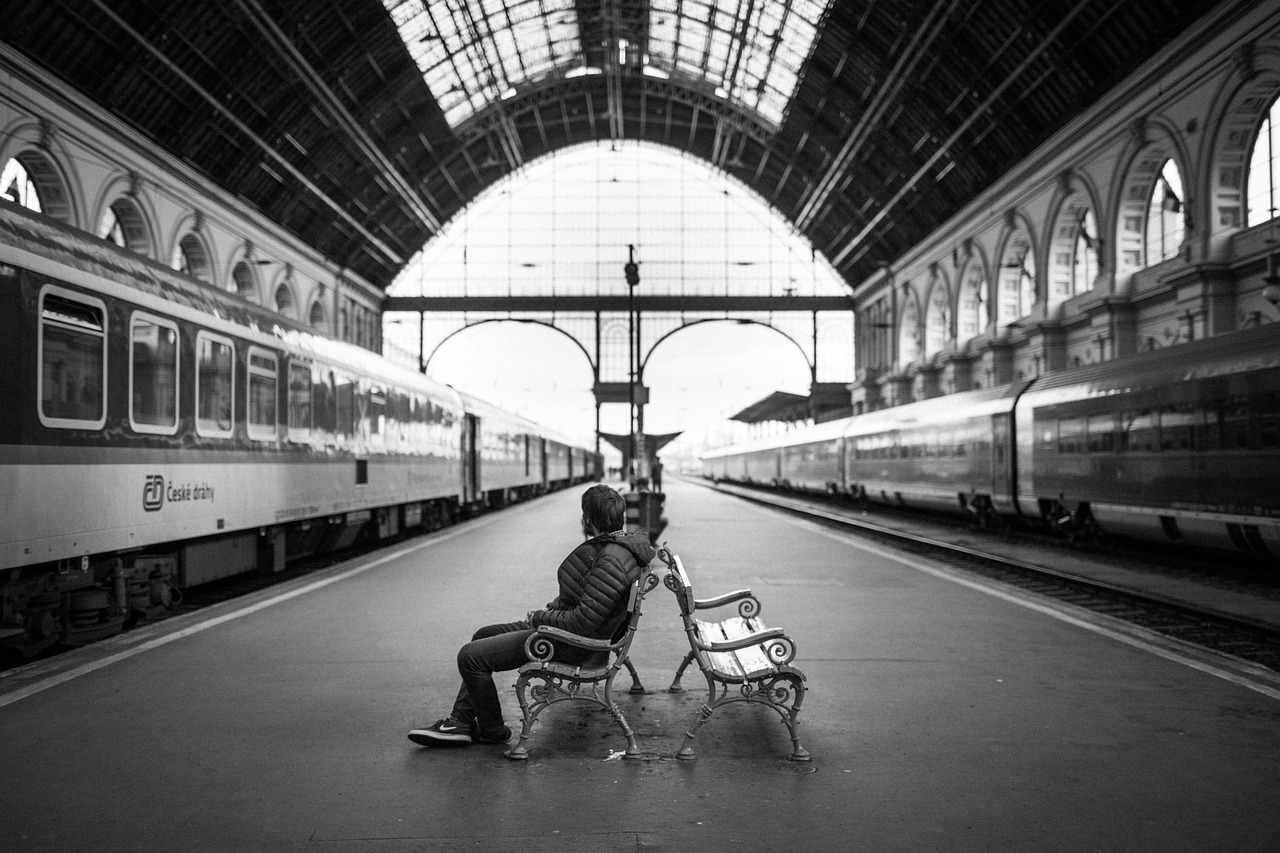Discover fascinating insights into Kolkata, West Bengal, a city rich in culture, history, and innovation. This article unveils lesser-known facts that highlight the unique essence of this vibrant metropolis.
- 1. The City of Joy’s Unique Name: Kolkata, often referred to as the City of Joy, has a name that reflects its vibrant spirit. This nickname stems from the happiness and warmth of its people, making it a beloved destination.
- 2. A Hub of Literary Greatness: Kolkata is home to numerous literary figures and a thriving literary culture. The city has produced renowned authors, poets, and playwrights who have shaped Indian literature over centuries.
- 3. The Birthplace of Modern Indian Art: Kolkata has played a crucial role in the evolution of modern Indian art, with numerous artists and movements emerging from the city, contributing to its rich cultural tapestry.
- 4. A Culinary Paradise: Kolkata is renowned for its diverse and delectable cuisine, blending traditional Bengali flavors with influences from various cultures, making it a haven for food lovers.
- 5. The Rich History of Tramways: Kolkata is the only city in India with an operational tram network, a legacy of its colonial past that continues to be an integral part of its public transport system.
- 6. The Cultural Melting Pot: Kolkata is a melting pot of cultures, languages, and traditions, reflecting a rich tapestry of influences that have shaped its identity over centuries.
- 7. The Iconic Howrah Bridge: The Howrah Bridge is an engineering marvel and a symbol of Kolkata, connecting the city to its neighboring areas and serving as a vital transportation link.
- 8. The Legacy of Bengali Cinema: Kolkata is the birthplace of Bengali cinema, known for its artistic and thought-provoking films that have garnered international acclaim and recognition.
- 9. Historic Architecture and Landmarks: Kolkata is adorned with stunning architecture, reflecting its colonial past and diverse cultural influences, making it a treasure trove for history enthusiasts.
- 10. The Green Oasis of Kolkata: Kolkata is known for its lush gardens and parks, providing residents and visitors with serene spaces to relax and connect with nature amidst the urban hustle.
Conclusion: The Enduring Charm of Kolkata: Kolkata’s rich history, vibrant culture, and unique characteristics make it a city like no other. Its enduring charm continues to captivate visitors, making it a must-visit destination in India.
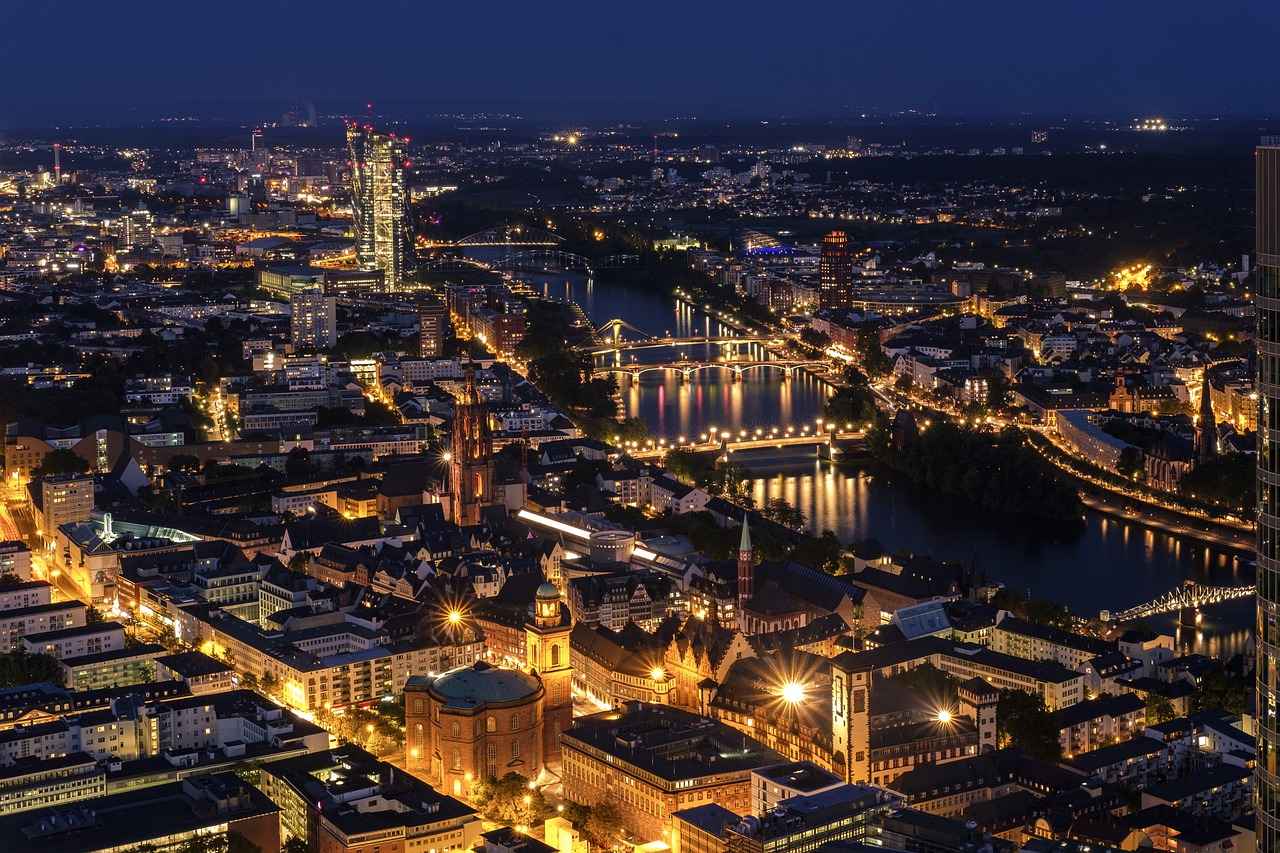
1. The City of Joy’s Unique Name
Kolkata, often referred to as the City of Joy, is a bustling metropolis that embodies the spirit of happiness and warmth. This nickname reflects not only the vibrant culture of the city but also the resilience and friendliness of its people. The city’s charm lies in its rich history, diverse communities, and a unique blend of tradition and modernity.
Located on the banks of the Hooghly River, Kolkata has a distinctive character shaped by its colonial past and its role as a cultural hub in India. The city is known for its festivals, art, literature, and delectable cuisine, making it a favorite destination for tourists and locals alike.
One of the most fascinating aspects of Kolkata is its literary heritage. The city has produced numerous renowned writers, poets, and playwrights, contributing significantly to Indian literature. Events like the Kolkata Book Fair attract bibliophiles from around the globe, showcasing the city’s commitment to promoting reading and literary culture.
| Aspect | Details |
|---|---|
| Nickname | City of Joy |
| Geographical Location | On the banks of the Hooghly River |
| Cultural Significance | Home to iconic literary figures |
| Major Events | Kolkata Book Fair, Durga Puja |
The culinary scene in Kolkata is another highlight, known for its diverse offerings ranging from street food to fine dining. Signature dishes like macher jhol (fish curry) and mishti doi (sweet yogurt) are must-tries for anyone visiting the city.
In conclusion, Kolkata’s identity as the City of Joy is deeply rooted in its culture, history, and the warmth of its people. This vibrant city continues to be a beacon of joy and creativity, inviting everyone to explore its rich tapestry of experiences.
City of Joy,
Top 10 Things You Didn’t Know About Kolkata, West Bengal
Discover fascinating insights into Kolkata, West Bengal, a city rich in culture, history, and innovation. This article unveils lesser-known facts that highlight the unique essence of this vibrant metropolis.
- 1. The City of Joy’s Unique Name: Kolkata, often referred to as the City of Joy, has a name that reflects its vibrant spirit. This nickname stems from the happiness and warmth of its people, making it a beloved destination.
- 2. A Hub of Literary Greatness: Kolkata is home to numerous literary figures and a thriving literary culture. The city has produced renowned authors, poets, and playwrights who have shaped Indian literature over centuries.
- 3. The Birthplace of Modern Indian Art: Kolkata has played a crucial role in the evolution of modern Indian art, with numerous artists and movements emerging from the city, contributing to its rich cultural tapestry.
- 4. A Culinary Paradise: Kolkata is renowned for its diverse and delectable cuisine, blending traditional Bengali flavors with influences from various cultures, making it a haven for food lovers.
- 5. The Rich History of Tramways: Kolkata is the only city in India with an operational tram network, a legacy of its colonial past that continues to be an integral part of its public transport system.
- 6. The Cultural Melting Pot: Kolkata is a melting pot of cultures, languages, and traditions, reflecting a rich tapestry of influences that have shaped its identity over centuries.
- 7. The Iconic Howrah Bridge: The Howrah Bridge is an engineering marvel and a symbol of Kolkata, connecting the city to its neighboring areas and serving as a vital transportation link.
- 8. The Legacy of Bengali Cinema: Kolkata is the birthplace of Bengali cinema, known for its artistic and thought-provoking films that have garnered international acclaim and recognition.
- 9. Historic Architecture and Landmarks: Kolkata is adorned with stunning architecture, reflecting its colonial past and diverse cultural influences, making it a treasure trove for history enthusiasts.
- 10. The Green Oasis of Kolkata: Kolkata is known for its lush gardens and parks, providing residents and visitors with serene spaces to relax and connect with nature amidst the urban hustle.
Conclusion: The Enduring Charm of Kolkata
Kolkata’s rich history, vibrant culture, and unique characteristics make it a city like no other. Its enduring charm continues to captivate visitors, making it a must-visit destination in India.
has a name that reflects its vibrant spirit. This nickname stems from the happiness and warmth of its people, making it a beloved destination.
Top 10 Things You Didn’t Know About Kolkata, West Bengal
Discover fascinating insights into Kolkata, West Bengal, a city rich in culture, history, and innovation. This article unveils lesser-known facts that highlight the unique essence of this vibrant metropolis.
- 1. The City of Joy’s Unique Name
Kolkata, often referred to as the City of Joy, has a name that reflects its vibrant spirit. This nickname stems from the happiness and warmth of its people, making it a beloved destination.
- 2. A Hub of Literary Greatness
Kolkata is home to numerous literary figures and a thriving literary culture. The city has produced renowned authors, poets, and playwrights who have shaped Indian literature over centuries.
- 2.1. The Kolkata Book Fair
The Kolkata Book Fair is one of the largest book fairs in Asia, attracting bibliophiles from around the world. It showcases local and international authors and promotes reading culture.
- 2.2. Literary Landmarks
Kolkata boasts several landmarks dedicated to its literary heritage, including the iconic College Street, known for its numerous bookstores and cafes frequented by intellectuals.
- 2.1. The Kolkata Book Fair
- 3. The Birthplace of Modern Indian Art
Kolkata has played a crucial role in the evolution of modern Indian art, with numerous artists and movements emerging from the city, contributing to its rich cultural tapestry.
- 4. A Culinary Paradise
Kolkata is renowned for its diverse and delectable cuisine, blending traditional Bengali flavors with influences from various cultures, making it a haven for food lovers.
- 5. The Rich History of Tramways
Kolkata is the only city in India with an operational tram network, a legacy of its colonial past that continues to be an integral part of its public transport system.
- 6. The Cultural Melting Pot
Kolkata is a melting pot of cultures, languages, and traditions, reflecting a rich tapestry of influences that have shaped its identity over centuries.
- 7. The Iconic Howrah Bridge
The Howrah Bridge is an engineering marvel and a symbol of Kolkata, connecting the city to its neighboring areas and serving as a vital transportation link.
- 8. The Legacy of Bengali Cinema
Kolkata is the birthplace of Bengali cinema, known for its artistic and thought-provoking films that have garnered international acclaim and recognition.
- 9. Historic Architecture and Landmarks
Kolkata is adorned with stunning architecture, reflecting its colonial past and diverse cultural influences, making it a treasure trove for history enthusiasts.
- 10. The Green Oasis of Kolkata
Kolkata is known for its lush gardens and parks, providing residents and visitors with serene spaces to relax and connect with nature amidst the urban hustle.
Conclusion: The Enduring Charm of Kolkata
Kolkata’s rich history, vibrant culture, and unique characteristics make it a city like no other. Its enduring charm continues to captivate visitors, making it a must-visit destination in India.
2. A Hub of Literary Greatness
Kolkata, often dubbed the literary capital of India, has a rich and diverse literary heritage that has flourished for centuries. This vibrant city is not only a hub of creativity but also a nurturing ground for writers, poets, and playwrights who have made significant contributions to Indian literature. In this section, we will explore the various facets of Kolkata’s literary greatness.
Kolkata has been home to numerous renowned authors who have left an indelible mark on the world of literature. From the Nobel laureate Rabindranath Tagore to the iconic Sarat Chandra Chattopadhyay, the city has produced a plethora of literary giants. Their works often reflect the socio-political landscape of their times, making them timeless pieces of art.
One of the highlights of Kolkata’s literary scene is the Kolkata Book Fair, which is considered one of the largest book fairs in Asia. This annual event attracts bibliophiles from around the globe, showcasing a vast array of books and authors. It serves as a platform for literary discussions, author signings, and cultural exchange, fostering a community of readers and writers alike.
The city is dotted with literary landmarks that pay homage to its rich literary history. College Street, famously known as the Book Street, is a treasure trove of bookstores and cafes where intellectuals gather to discuss ideas and share stories. Other significant sites include the Tagore House and the Writers’ Building, which further emphasize Kolkata’s literary legacy.
Literature in Kolkata is not just confined to books; it permeates through various cultural expressions such as theater, poetry readings, and literary festivals. These events not only celebrate the written word but also engage the community, fostering a love for reading and writing among the younger generations.
In conclusion, Kolkata stands as a beacon of literary greatness, where the past and present converge to create a vibrant tapestry of stories and ideas. The city’s literary culture continues to thrive, inspiring future generations of writers and readers.
2.1. The Kolkata Book Fair
The Kolkata Book Fair is a significant cultural event that stands as one of the largest book fairs in Asia. Each year, it draws bibliophiles, authors, and publishers from around the globe, creating a vibrant atmosphere dedicated to the love of literature.
The fair is held annually in Kolkata, typically in January, and spans over several days, offering a platform for both local and international authors to showcase their works. It promotes not only the reading culture but also emphasizes the importance of literature in society. The fair is organized by the Book Fair Authority of Kolkata and has been a staple in the city since its inception in 1976.
| Year | Theme | Country of Focus |
|---|---|---|
| 2023 | Celebration of Bengali Literature | Bengal |
| 2022 | World Literature | France |
| 2021 | Children’s Literature | Germany |
One of the key highlights of the Kolkata Book Fair is its ability to foster cultural exchange. It serves as a meeting point for writers, publishers, and readers, allowing them to engage in discussions about literature and its impact on society. The fair often features a variety of events, including:
- Author Readings: Where writers share excerpts from their latest works.
- Panel Discussions: Experts discuss contemporary literary trends and issues.
- Workshops: Sessions aimed at aspiring writers and readers.
Additionally, the fair is a treasure trove for book lovers, with thousands of titles available across genres, from fiction and non-fiction to children’s books and academic texts. The atmosphere is electric, filled with the excitement of discovering new authors and reconnecting with beloved ones.
In conclusion, the Kolkata Book Fair is not just an event; it is a celebration of literature that enriches the cultural landscape of the city. It continues to inspire generations, promoting the joy of reading and the importance of storytelling in our lives.

2.1.1. Significance of the Fair
The Kolkata Book Fair is not just a literary event; it stands as a beacon of cultural exchange and intellectual engagement. This annual gathering brings together a diverse array of participants, including authors, publishers, and readers from all corners of the globe, creating a vibrant atmosphere that celebrates the written word. The significance of this fair extends beyond the mere act of buying and selling books; it serves as a crucial platform for dialogue and collaboration among various literary communities.
At the fair, local authors have the opportunity to showcase their works alongside international literary figures. This unique interaction fosters a spirit of camaraderie that transcends geographical boundaries, allowing for the exchange of ideas and cultures. Visitors can engage in panel discussions, attend book launches, and participate in workshops, all of which contribute to a rich tapestry of literary experiences.
Moreover, the Kolkata Book Fair plays a vital role in promoting reading culture among the younger generation. Schools and colleges often organize trips to the fair, encouraging students to explore literature in a lively and engaging environment. This initiative not only nurtures a love for reading but also helps to cultivate a new generation of writers and thinkers.
The fair’s impact is also felt economically, as it attracts thousands of visitors, boosting local businesses and tourism. The city of Kolkata transforms into a bustling hub of literary activity, showcasing its rich cultural heritage while embracing modern literary trends.
In conclusion, the significance of the Kolkata Book Fair lies in its ability to unite people through literature, fostering cultural understanding and intellectual growth. It is a celebration of the power of words and the connections they create, making it an essential event in the literary calendar.
2.1.2. Events and Activities
The Kolkata Book Fair serves as a vibrant hub for literary enthusiasts, showcasing a myriad of events and activities that foster a deeper engagement with literature. This annual gathering not only celebrates books but also creates an interactive platform where readers and writers can connect. Below, we explore the various activities that make this fair a dynamic experience for all attendees.
- Author Readings: One of the highlights of the fair is the series of author readings, where both established and emerging authors present their works. These sessions provide an intimate setting for readers to experience literature directly from the creators, often followed by Q&A sessions that encourage dialogue.
- Panel Discussions: Engaging panel discussions feature a diverse range of topics, from contemporary issues in literature to the evolution of storytelling. These discussions often include notable figures from the literary world, offering insights that enrich the audience’s understanding of various literary forms.
- Workshops: The fair also conducts hands-on workshops aimed at aspiring writers and poets. These sessions cover a variety of topics, including creative writing, poetry, and publishing, providing valuable skills and knowledge for participants.
- Book Signings: Attendees have the unique opportunity to meet their favorite authors during book signing events. This personal interaction allows fans to discuss their favorite works and gain deeper insights into the authors’ creative processes.
- Children’s Activities: The fair is family-friendly, featuring dedicated spaces for children’s activities, including storytelling sessions and interactive games that promote a love for reading among the younger audience.
In conclusion, the Kolkata Book Fair is more than just a marketplace for books; it is a celebration of literature that brings together a community of readers, writers, and thinkers. The diverse events and activities not only enhance the literary experience but also contribute to the cultural fabric of Kolkata.
2.2. Literary Landmarks
Kolkata’s literary landscape is as rich and diverse as its cultural heritage, making it a haven for book lovers and intellectuals alike. Among its many treasures, the city is renowned for its literary landmarks that celebrate the written word and honor the great minds that have shaped Indian literature.
One of the most iconic locations is College Street, often referred to as the Book Street. This bustling thoroughfare is lined with countless bookstores, ranging from quaint second-hand shops to large, well-stocked outlets. Here, visitors can find everything from rare editions to contemporary bestsellers. The atmosphere is vibrant, filled with the chatter of students, writers, and bibliophiles who frequent the numerous cafes that dot the street, making it a perfect spot for intellectual discussions and literary debates.
The Indian Coffee House, a historic establishment on College Street, has been a meeting place for writers and thinkers since the 1940s. The walls of this café echo with the conversations of literary giants such as Rabindranath Tagore and Satyajit Ray, who sought inspiration in its cozy corners. Today, it remains a symbol of Kolkata’s rich literary tradition, where the aroma of coffee mingles with the scent of old books.
Another significant landmark is the National Library of India, located in the heart of Kolkata. As the largest library in India, it houses millions of books, manuscripts, and periodicals, serving as a crucial resource for researchers and students. The library’s serene environment encourages reading and learning, making it a sanctuary for knowledge seekers.
In addition to these landmarks, Kolkata also hosts various literary festivals throughout the year, such as the Kolkata Literary Meet, which attracts authors, poets, and scholars from around the globe. These events foster a sense of community and celebrate the literary arts, further establishing Kolkata as a cultural capital of India.
In conclusion, Kolkata’s literary landmarks not only pay homage to its rich literary heritage but also continue to inspire new generations of readers and writers. The city’s unique blend of history, culture, and intellectual fervor makes it a must-visit destination for anyone passionate about literature.
3. The Birthplace of Modern Indian Art
Kolkata, a city steeped in history, has been a pivotal force in the development of modern Indian art. This vibrant metropolis has nurtured a plethora of artists and artistic movements, making it a significant cultural hub in India.
From the late 19th century to the present day, Kolkata has witnessed the emergence of various art movements that have profoundly influenced the Indian art scene. The city’s rich cultural heritage and intellectual environment have provided a fertile ground for artists to explore and innovate.
Founded in 1907, the Indian Society of Oriental Art played a crucial role in promoting Indian art. This organization was dedicated to reviving and celebrating indigenous artistic traditions, encouraging artists to draw inspiration from their roots while embracing contemporary techniques. Its impact is evident in the works of many artists who emerged during this period.
- Rabindranath Tagore: The first non-European Nobel laureate in literature, Tagore was not only a poet but also a painter whose works reflect a deep connection to nature and spirituality.
- Jamini Roy: A pioneer in modern Indian painting, Roy’s use of traditional folk styles and themes brought a new dimension to the art world, making him a celebrated figure in Kolkata’s artistic history.
- Abanindranath Tagore: A key figure in the Bengal School of Art, Abanindranath’s works often blended Indian themes with Western techniques, offering a unique perspective on modernity.
Today, Kolkata continues to be a hotbed for contemporary art. Various galleries and art festivals, such as the Kolkata Art Fair, showcase the works of emerging artists and provide a platform for dialogue and collaboration. The city’s art scene is characterized by a blend of traditional and modern influences, reflecting its dynamic cultural landscape.
In conclusion, Kolkata’s contribution to modern Indian art is not just historical; it is a living, evolving narrative that continues to inspire artists and art lovers alike. The city’s rich tapestry of artistic expression makes it an essential destination for anyone interested in the arts.
3.1. The Indian Society of Oriental Art
The Indian Society of Oriental Art has played a pivotal role in the promotion and appreciation of Indian art since its inception in the early 20th century. Established in 1907, this esteemed organization emerged during a time when Indian artists sought recognition and a platform to showcase their talents amidst colonial influences. The society was not only a beacon for artists but also a catalyst for the revival of traditional art forms, fostering a deep sense of pride in indigenous creativity.
One of the society’s primary objectives was to encourage artistic expression and provide a space for artists to collaborate and exhibit their works. Through various exhibitions and events, the society showcased the richness of Indian art, from classical to contemporary styles. This initiative not only helped artists gain visibility but also educated the public about the significance of Indian art in a global context.
The society also emphasized the importance of art education, establishing workshops and training programs aimed at nurturing young talent. By providing resources and mentorship, the Indian Society of Oriental Art contributed to the development of a new generation of artists who would go on to make significant contributions to the art world.
Moreover, the society played a crucial role in cultural exchange, inviting international artists and critics to engage with Indian art. This interaction fostered a dialogue that enriched both local and global perspectives on art, allowing for a cross-pollination of ideas and styles.
Today, the legacy of the Indian Society of Oriental Art continues to influence the art scene in India. Its commitment to promoting indigenous creativity and supporting artists remains integral to the cultural fabric of the country. As we reflect on its history, it is clear that the society has not only shaped the landscape of Indian art but has also instilled a lasting pride in the rich heritage of artistic expression.
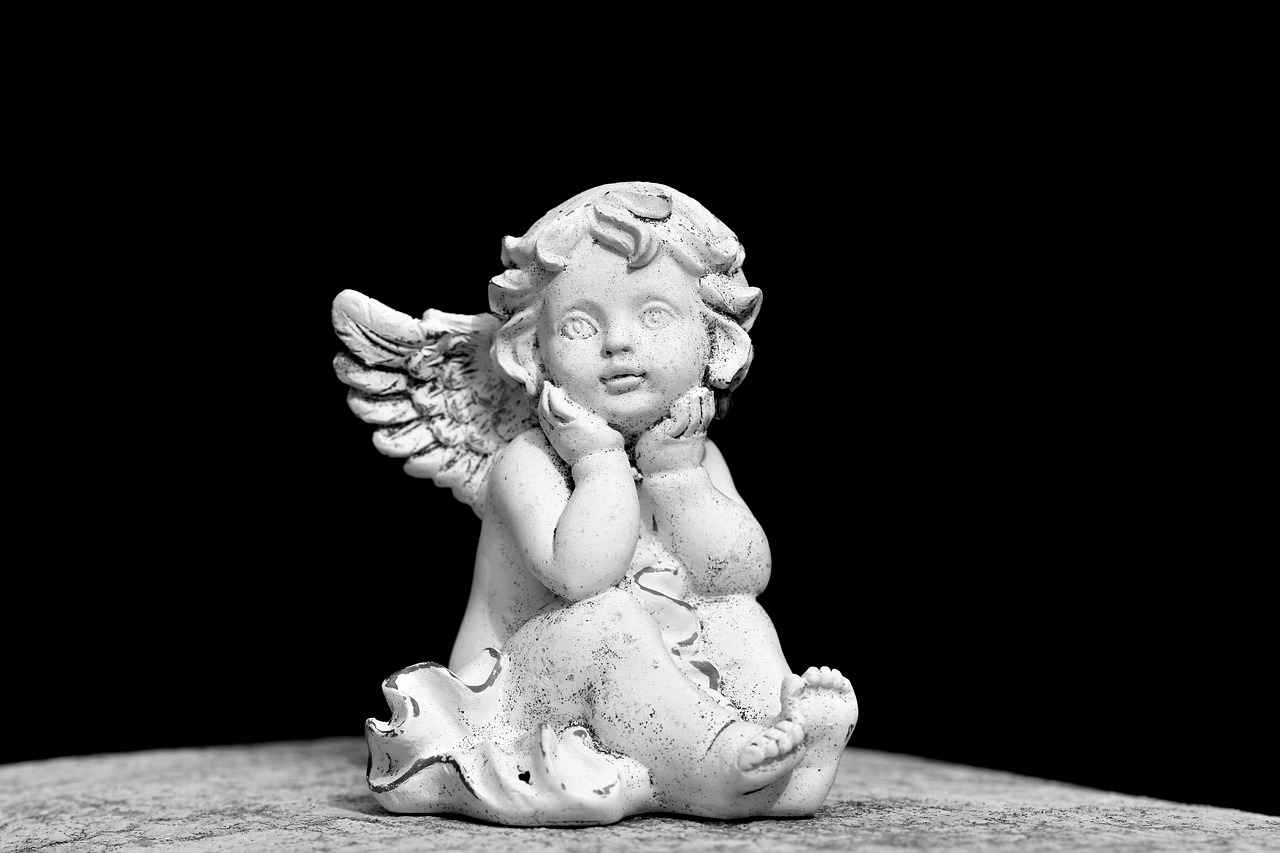
3.2. Notable Artists from Kolkata
Kolkata, a city steeped in artistic heritage, has been the birthplace of numerous remarkable artists whose contributions have profoundly shaped the landscape of modern Indian art. Among these luminaries, the names of Rabindranath Tagore and Jamini Roy stand out, each leaving an indelible mark that continues to inspire contemporary artists.
Rabindranath Tagore, a polymath, is best known for his poetry, but his artistic talents extended to painting as well. His works often reflect a deep connection with nature and human emotion, showcasing a unique blend of Indian and Western artistic influences. Tagore’s paintings, characterized by their vibrant colors and abstract forms, are celebrated for their emotional depth and innovative approach, paving the way for future generations of artists.
Jamini Roy, on the other hand, is renowned for his distinctive style that draws heavily from Bengal’s folk art. His works often depict rural life, traditional themes, and the rich cultural tapestry of Bengal. By incorporating indigenous techniques and motifs, Roy not only revived interest in traditional art forms but also established a new genre of modern Indian art that resonated with the masses. His ability to merge traditional and modern elements has made his work timeless and influential.
Both artists have significantly contributed to the artistic dialogue within Kolkata and beyond, inspiring countless artists to explore their roots while embracing modernity. Their legacies are celebrated in various art galleries and exhibitions across the city, making Kolkata a vibrant hub for art enthusiasts.
In conclusion, the impact of Tagore and Roy on contemporary art cannot be overstated. Their innovative approaches and dedication to their craft continue to ignite passion and creativity in the hearts of many, ensuring that their influence will endure for generations to come.
4. A Culinary Paradise
Kolkata is a city that tantalizes the taste buds with its culinary diversity. Renowned for its rich and varied cuisine, the city offers a delightful fusion of traditional Bengali flavors intertwined with influences from various cultures. This makes Kolkata a true haven for food lovers.
The culinary landscape of Kolkata is as vibrant as its culture. From the bustling streets filled with street food vendors to high-end restaurants serving exquisite dishes, the city caters to every palate. The essence of Kolkata’s cuisine lies in its ability to blend the traditional with the modern, creating a unique gastronomic experience.
The street food scene in Kolkata is legendary. With a plethora of options available, food enthusiasts can indulge in local delicacies such as:
- Puchka (pani puri) – a spicy and tangy snack that is a must-try.
- Kathi Rolls – a delicious wrap filled with spiced meats or vegetables.
- Telebhaja – a variety of fried snacks that are perfect for tea time.
Bengali cuisine is renowned for its distinct flavors and unique ingredients. Some signature dishes include:
- Macher Jhol – a traditional fish curry that is rich in spices.
- Mishti Doi – a sweetened yogurt that is a popular dessert.
- Shorshe Ilish – hilsa fish cooked in mustard sauce, a true delicacy.
Kolkata’s cuisine is not just limited to Bengali dishes. The city has absorbed influences from various communities, including:
- Chinese – with dishes like chowmein and manchurian.
- Punjabi – famous for its rich curries and breads.
- Muslim – known for biryanis and kebabs that are full of flavor.
In conclusion, Kolkata’s culinary scene is a testament to its rich history and cultural diversity. The city continues to evolve, yet it remains deeply rooted in its culinary traditions, making it a culinary paradise that invites exploration and indulgence.
4.1. Street Food Culture
Kolkata’s street food culture is a vibrant tapestry of flavors, aromas, and culinary traditions that reflect the city’s rich heritage. This bustling metropolis is renowned for its diverse street food offerings, making it a paradise for food enthusiasts. From the bustling lanes of Chowringhee to the vibrant markets of New Market, the streets of Kolkata come alive with a myriad of food stalls and vendors, each serving up their unique specialties.
One of the most popular street foods is puchka, also known as pani puri. These crispy hollow puris are filled with a spicy mixture of tamarind water, chickpeas, and potatoes, creating an explosion of flavors in every bite. Another favorite is the kathi roll, a delicious wrap filled with marinated meats or vegetables, rolled up in a paratha and served with tangy sauces. This dish is not only a quick snack but also a complete meal on the go.
The street food scene in Kolkata also boasts a variety of other delights, including:
- Jhalmuri: A spicy puffed rice snack mixed with mustard oil, vegetables, and spices.
- Chaat: A medley of crispy fried dough, potatoes, and tangy chutneys.
- Singara: Bengali samosas filled with spiced potatoes and peas.
- Macher Jhol: A traditional fish curry that can be found in many street-side eateries.
The street food culture in Kolkata is not just about food; it’s a social experience, bringing together people from all walks of life. Vendors often have long queues of eager customers, showcasing the popularity of their offerings. This culinary diversity reflects the city’s multicultural fabric and its ability to embrace various influences.
In conclusion, Kolkata’s street food scene is a culinary adventure that encapsulates the essence of the city. Each bite tells a story of tradition, culture, and the vibrant spirit of its people. For anyone visiting Kolkata, indulging in its street food is an absolute must, promising a unique and unforgettable experience.
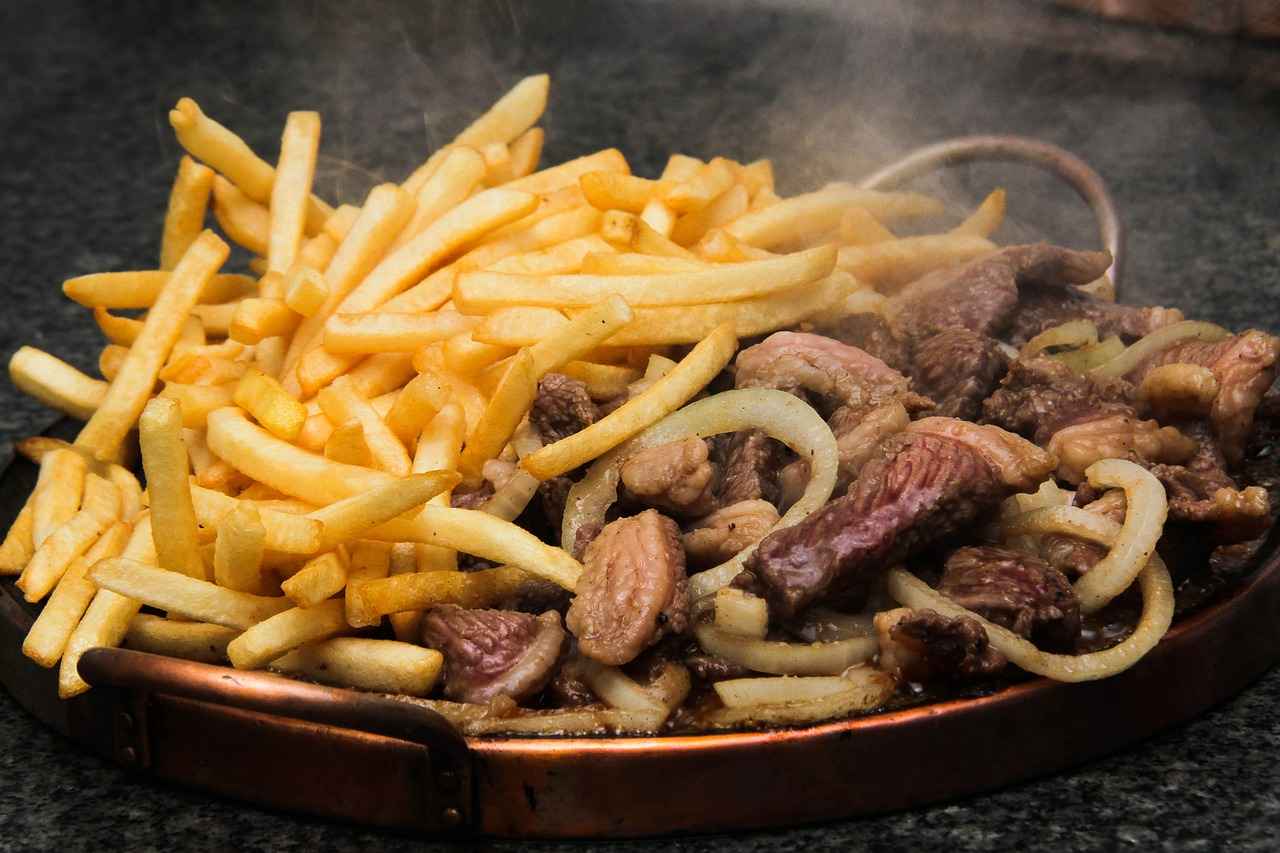
4.2. Signature Dishes of Kolkata
Kolkata is a culinary paradise that offers a rich tapestry of flavors and dishes, deeply rooted in its cultural heritage. The city’s cuisine is a delightful blend of traditional Bengali recipes and influences from various communities that have settled in the region over the years. This section delves into some of the signature dishes of Kolkata, highlighting their significance and unique flavors.
- Macher Jhol: This traditional fish curry is a staple in Bengali households. Made with fresh fish, usually rohu or hilsa, it is cooked in a flavorful gravy of spices, potatoes, and tomatoes. The dish is often served with steamed rice, making it a comforting meal that showcases the region’s love for fish.
- Mishti Doi: A beloved dessert, mishti doi is sweetened yogurt that has a creamy texture and a hint of caramel. It is prepared by fermenting milk with jaggery, giving it a distinct flavor profile. This dessert is often enjoyed during festivals and special occasions, symbolizing the sweetness of Bengali culture.
- Shorshe Ilish: This iconic dish features hilsa fish cooked in a mustard sauce, which is a hallmark of Bengali cuisine. The sharpness of the mustard complements the rich flavor of the fish, creating a dish that is both aromatic and delicious. It is typically served with rice, making it a must-try for anyone visiting Kolkata.
- Chingri Malai Curry: A luxurious preparation of prawns cooked in coconut milk, this dish is a celebration of the coastal flavors of Bengal. The creamy curry is infused with spices like turmeric and ginger, offering a delightful balance of sweetness and spice that is irresistible.
- Sandesh: Another popular sweet, sandesh is made from fresh chhena (cottage cheese) and flavored with cardamom or saffron. This delicacy is often shaped into various forms and is a favorite during festivals, representing the artistic flair of Bengali sweets.
Each of these dishes reflects the rich culinary heritage of Kolkata, showcasing the region’s love for flavors that are both bold and subtle. Whether you are a local or a visitor, indulging in these culinary delights is essential to experiencing the true essence of Kolkata.
5. The Rich History of Tramways
Kolkata, known as the City of Joy, is a city steeped in history and culture. Among its many unique features, the operational tram network stands out as a remarkable legacy of the colonial era. This transportation system not only serves as a vital mode of transit for the city’s residents but also offers a glimpse into Kolkata’s rich past.
Kolkata is the only city in India that boasts an operational tram network, a testament to its colonial heritage. Established in the late 19th century, the tram system was initially introduced by the British to facilitate transportation across the sprawling city. Today, it remains an integral part of Kolkata’s public transport system, cherished by both locals and tourists.
The tramways have undergone significant transformations over the years. Originally powered by horses, the system evolved to use electricity, adapting to the changing urban landscape. With a network that stretches across several key areas, trams continue to connect neighborhoods, making them a convenient option for daily commuters.
Riding a tram through the bustling streets of Kolkata is an experience like no other. The slow pace allows passengers to soak in the vibrant atmosphere of the city, from the colonial architecture to the lively street markets. This unique mode of transport not only provides practical benefits but also offers a nostalgic journey through Kolkata’s history.
Beyond their functional role, trams have become a symbol of Kolkata’s identity. They are featured in numerous films, songs, and artworks, representing the city’s charm and resilience. The tram network is not just a means of transport; it is a cultural icon that reflects the spirit of Kolkata.
In conclusion, the tramways of Kolkata are more than just a public transport system; they are a living piece of history, connecting the past with the present. As the city continues to grow and modernize, the trams remain a beloved and enduring feature of Kolkata’s urban landscape.
5.1. The Evolution of Tramways
The Evolution of Tramways in Kolkata is a fascinating journey that reflects the city’s rich history and adaptability. As one of the oldest tram systems in Asia, Kolkata’s trams have been an integral part of the urban landscape since their inception in the late 19th century. Initially introduced during the British colonial era, these trams were designed to provide a convenient mode of transport for the growing population of the city.
Over the years, the tram system has undergone significant transformations to keep pace with the changing dynamics of Kolkata. From horse-drawn carriages to electric trams, the evolution showcases technological advancements and the city’s commitment to sustainable transport. The introduction of electric trams in 1902 marked a turning point, enhancing efficiency and comfort for passengers.
Despite the rapid urbanization and the rise of modern transport options, the tram system has maintained its unique charm and historical significance. Today, these trams not only serve as a means of transportation but also as a nostalgic reminder of Kolkata’s past. The routes take passengers through some of the city’s most iconic neighborhoods, offering a scenic view of its vibrant culture and architecture.
| Year | Milestone |
|---|---|
| 1880 | Introduction of horse-drawn trams |
| 1902 | Launch of electric trams |
| 1960s | Expansion of tram routes |
| 2000s | Modernization and renovations |
Riding a tram through the bustling streets of Kolkata offers a unique perspective of the city. It allows both locals and tourists to experience the rhythm of daily life while enjoying the sights and sounds of this vibrant metropolis. The trams have become a symbol of Kolkata, representing not just a mode of transport but a cherished part of the city’s heritage.
In conclusion, the evolution of tramways in Kolkata is a testament to the city’s resilience and ability to adapt. As it continues to evolve, the tram system remains a beloved feature of Kolkata’s urban landscape, bridging the past with the present.
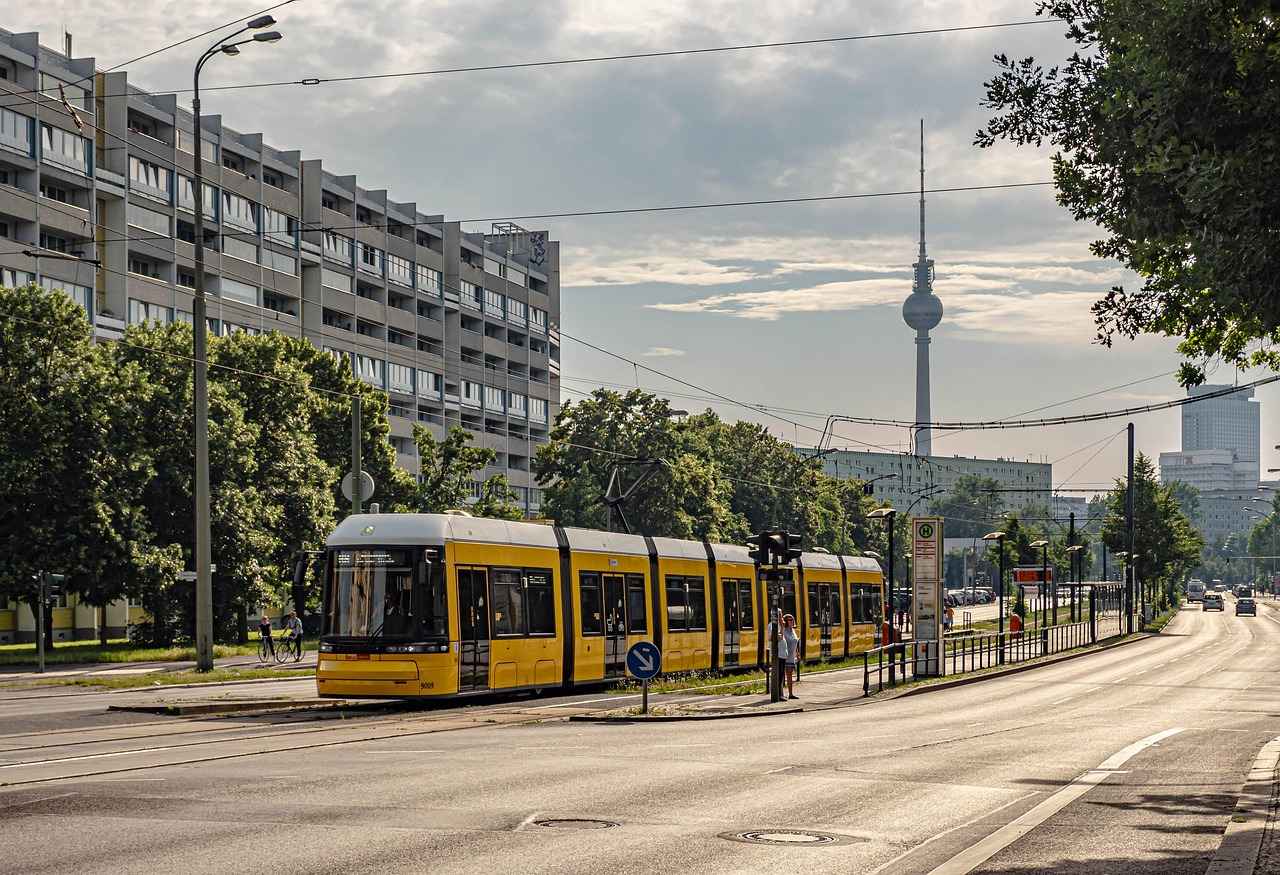
5.2. Scenic Tram Rides
Riding a tram through the bustling streets of Kolkata offers a unique perspective of the city, providing a nostalgic experience for both locals and tourists. The tram system, a historical remnant of British colonial rule, is not just a mode of transport but a symbol of the city’s charm.
As you embark on a tram journey, you are greeted by the vibrant sights and sounds of Kolkata. The slow pace of the tram allows you to soak in the rich culture that surrounds you. From the bustling markets to the colonial architecture, every turn unveils a new aspect of Kolkata’s heritage.
- Route Highlights: The tram routes often pass through iconic neighborhoods such as Shyambazar and Esplanade, where you can witness the daily life of the city.
- Scenic Views: Enjoy the picturesque views of the Hooghly River and the lush greenery of parks along the way.
- Historical Significance: Learn about the historical significance of tramways in Kolkata, as they were first introduced in 1902, making it a vital part of the city’s transport network.
Many trams are adorned with colorful decorations, adding to the festive atmosphere of the city. The experience is not just about reaching a destination; it’s about embracing the journey. Passengers often engage in conversations, sharing stories and laughter, which enhances the communal spirit of Kolkata.
For those seeking a different adventure, tram rides also offer a chance to explore hidden gems like quaint cafes and local shops that line the streets. Whether you are a first-time visitor or a lifelong resident, riding a tram is a delightful way to experience the essence of Kolkata.
In conclusion, a tram ride in Kolkata is more than just transportation; it’s an immersive experience that captures the heart of the city. So, hop on and let the tram take you on a journey through the vibrant and dynamic streets of Kolkata!
6. The Cultural Melting Pot
Kolkata, the capital of West Bengal, stands as a vibrant testament to India’s diverse cultural heritage. This city is a true melting pot of cultures, languages, and traditions, where the influences of various communities have interwoven over centuries to create a unique identity. From its historical roots to its modern-day vibrancy, Kolkata offers a fascinating glimpse into the confluence of diverse cultures.
The city’s cultural landscape is enriched by its festivals, which celebrate the myriad traditions of its inhabitants. Major festivals such as Durga Puja, Poila Baisakh (Bengali New Year), and Eid showcase the communal harmony that exists among its diverse population. Each festival brings together people from different backgrounds, creating an atmosphere of joy and unity.
In addition to festivals, Kolkata’s culinary scene reflects its cultural diversity. The city is known for its delectable street food, which includes a mix of Bengali, Chinese, and Mughlai cuisines. Signature dishes like machher jhol (fish curry) and mishti doi (sweet yogurt) are just a few examples of how Kolkata’s food culture embodies its rich heritage.
The arts also play a significant role in Kolkata’s cultural identity. The city has a rich tradition of theater, music, and dance, with numerous venues hosting performances that reflect both traditional and contemporary styles. Artists and performers from various backgrounds come together to create a dynamic cultural scene that attracts both locals and tourists.
Moreover, Kolkata’s literary heritage is noteworthy, having produced many renowned authors and poets who have shaped Indian literature. The city’s intellectual spirit is palpable in its numerous bookstores and libraries, which serve as gathering places for literary enthusiasts.
In conclusion, Kolkata’s status as a cultural melting pot is evident in every aspect of its life, from its festivals and food to its arts and literature. This vibrant city continues to evolve, embracing new influences while honoring its rich historical legacy, making it a truly unique destination in India.
6.1. Festivals Celebrated in Kolkata
Kolkata, the cultural capital of India, is renowned for its vibrant festivals that reflect its rich heritage and communal harmony. Among the most celebrated events are Durga Puja and Poila Baisakh, which not only showcase the city’s artistic prowess but also foster unity among its diverse communities.
Durga Puja is perhaps the most significant festival in Kolkata, attracting millions of visitors each year. This annual celebration honors the goddess Durga and symbolizes the victory of good over evil. The festival spans several days, during which intricately designed idols of Durga are worshipped in beautifully decorated pandals (temporary structures). The streets come alive with music, dance, and vibrant processions, creating a festive atmosphere that resonates with joy and devotion. The culmination of the festival is marked by the immersion of the idols in the Hooghly River, a sight that draws crowds and evokes deep emotions.
Poila Baisakh, the Bengali New Year, is another important celebration that showcases Kolkata’s cultural diversity. This festival typically falls in mid-April and is celebrated with great enthusiasm. People dress in traditional attire, visit temples, and prepare special dishes to mark the occasion. The streets are filled with joyous celebrations, including music, dance, and fairs, reflecting the rich cultural tapestry of the city. Families come together to enjoy traditional Bengali delicacies, reinforcing the sense of community and belonging.
In addition to these major festivals, Kolkata hosts a plethora of other cultural events throughout the year, such as Christmas, Eid, and Holi. Each festival is a testament to the city’s communal harmony, where people from different backgrounds come together to celebrate and share in the festivities. This spirit of unity is what makes Kolkata a truly unique and vibrant city.
In conclusion, the festivals of Kolkata are not just events; they are a celebration of life, culture, and community. They embody the city’s resilience and its ability to embrace diversity, making Kolkata a cultural melting pot that continues to inspire and enchant.
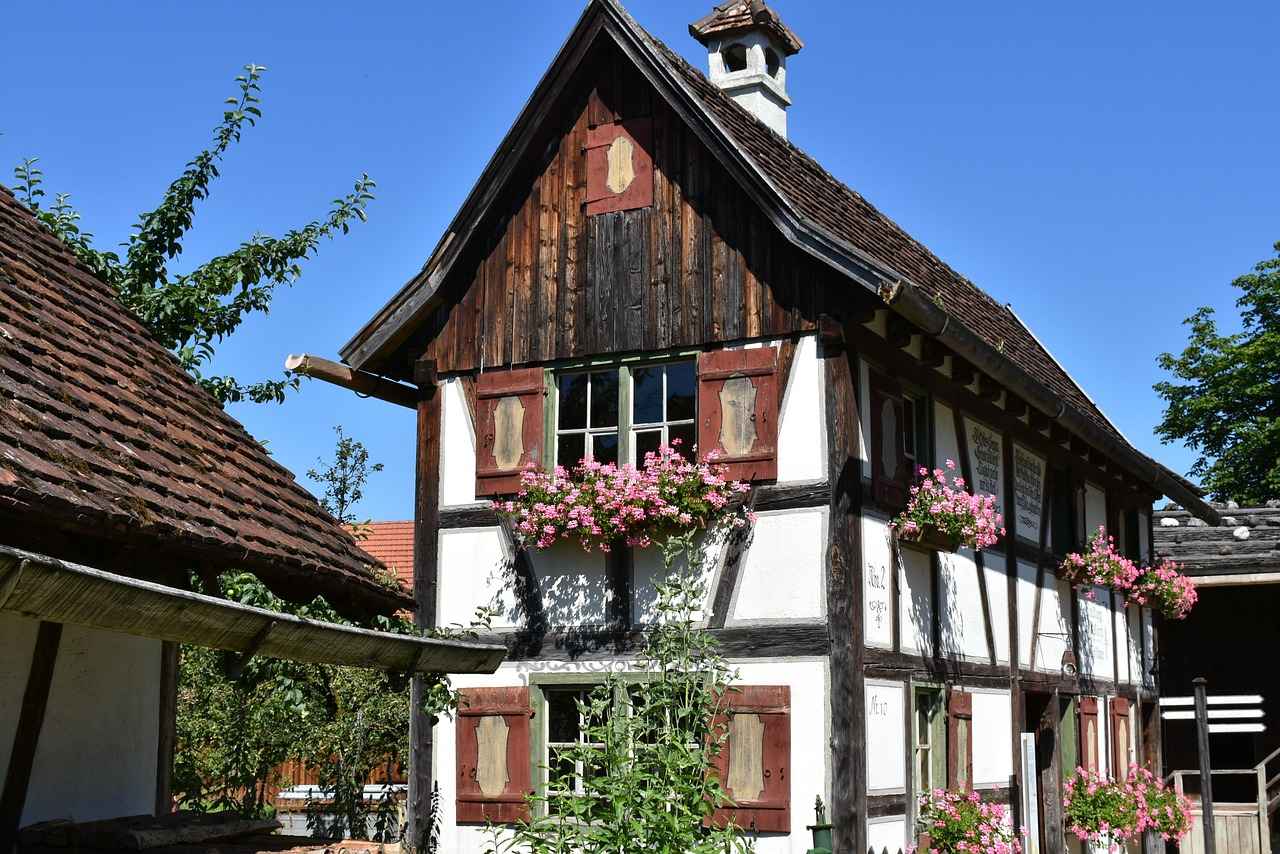
6.2. The Role of Arts and Music
Kolkata is a city that pulsates with a dynamic arts scene, reflecting its rich cultural heritage and contemporary creativity. The city is a canvas for artists, musicians, and performers, offering a plethora of opportunities to showcase their talents.
From theaters to music festivals, Kolkata is home to numerous events that celebrate both traditional and modern forms of art. The vibrant atmosphere is enriched by the presence of various cultural institutions, art galleries, and performance spaces that foster artistic expression.
- Theater: Kolkata has a long-standing tradition of theater, with numerous renowned theaters like the Academy of Fine Arts and Rabindra Sadan. These venues host plays ranging from classic Bengali dramas to contemporary performances, attracting both local and international talent.
- Music Festivals: The city is famous for its diverse music festivals, such as the Kolkata Music Summit and Durga Puja musical events, which feature a mix of genres, including classical, folk, and contemporary music, showcasing the city’s rich musical heritage.
- Art Exhibitions: Kolkata hosts numerous art exhibitions throughout the year, featuring works from both established and emerging artists. The Birla Academy of Art and Culture and Gaganendra Shilpa Pradarshashala are key venues for these exhibitions, promoting local talent and artistic innovation.
Moreover, cultural events such as Poila Baisakh (Bengali New Year) and Durga Puja not only highlight the city’s artistic traditions but also bring the community together in celebration. These events often feature elaborate art installations, performances, and workshops, allowing residents and visitors to immerse themselves in the local culture.
In conclusion, the role of arts and music in Kolkata cannot be overstated. They are integral to the city’s identity, enriching the lives of its residents and providing a platform for creative expression. Whether through theater, music, or visual arts, Kolkata continues to inspire and engage, making it a true cultural hub.
7. The Iconic Howrah Bridge
The Howrah Bridge, an iconic symbol of Kolkata, stands as a testament to engineering excellence and urban connectivity. This magnificent structure, often referred to as the Howrah Bridge, serves as a vital link between the city and its neighboring regions, facilitating the daily commute of millions. Its significance extends beyond mere transportation; it embodies the spirit and resilience of the people of Kolkata.
Constructed in 1943, the bridge showcases a unique cantilever design, which not only enhances its aesthetic appeal but also underlines the engineering prowess of its time. Spanning the Hooghly River, it connects Howrah and Kolkata, making it one of the busiest bridges in the world. With a daily traffic of over 100,000 vehicles and countless pedestrians, the Howrah Bridge is a lifeline for the city’s bustling population.
- Historical Significance: The Howrah Bridge has witnessed the city’s evolution, from colonial times to modern-day Kolkata. It has become a symbol of pride and an integral part of the city’s identity.
- Architectural Features: The bridge is renowned for its robust structure, which is made of steel and spans approximately 705 meters. Its distinctive shape and design have made it a favorite subject for photographers and tourists alike.
- Cultural Impact: Beyond its functionality, the Howrah Bridge has been featured in numerous films, songs, and artworks, further solidifying its status as a cultural icon.
Visitors to Kolkata often find themselves captivated by the bridge’s grandeur, especially when illuminated at night. The Howrah Bridge not only serves as a critical transportation route but also as a reminder of the city’s rich history and vibrant culture. Its presence is a constant in the lives of Kolkatans, symbolizing both connection and continuity in a rapidly changing urban landscape.
In conclusion, the Howrah Bridge is more than just a bridge; it is a monument of Kolkata’s spirit, resilience, and architectural brilliance. Whether you are crossing it during the day or admiring its beauty from afar at night, the Howrah Bridge remains an unforgettable part of the Kolkata experience.
7.1. Historical Significance of the Bridge
The Howrah Bridge, an engineering marvel completed in 1943, stands as a testament to the resilience and spirit of the people of Kolkata. This iconic structure, also known as the Rabindra Setu, spans the Hooghly River and connects the bustling city of Kolkata with Howrah, a vital transportation link that supports millions of commuters daily.
Built during a time of great turmoil in World War II, the bridge symbolizes not only the architectural ingenuity of its time but also the determination of Kolkata’s inhabitants to thrive despite challenges. With a cantilever design that eliminates the need for support piers in the river, the bridge is a remarkable feat of engineering. Its design allows for the passage of large ships beneath it while accommodating heavy vehicular traffic above.
The Howrah Bridge is more than just a means of transportation; it is a cultural icon that reflects the historical and social fabric of the city. Over the decades, it has witnessed countless stories of joy, sorrow, and everyday life, becoming an integral part of Kolkata’s identity. The bridge is also a popular tourist attraction, offering stunning views of the city skyline and the river, making it a favorite spot for photographers and visitors alike.
In addition to its practical significance, the Howrah Bridge has inspired numerous artists, filmmakers, and writers, who have captured its essence in various forms of art. It stands as a symbol of Kolkata’s rich heritage and the unwavering spirit of its people, who continue to embrace progress while honoring their past.
As we reflect on the historical significance of the Howrah Bridge, it becomes clear that it is not merely a structure of steel and concrete, but a living monument to the resilience and unity of Kolkata’s diverse communities.
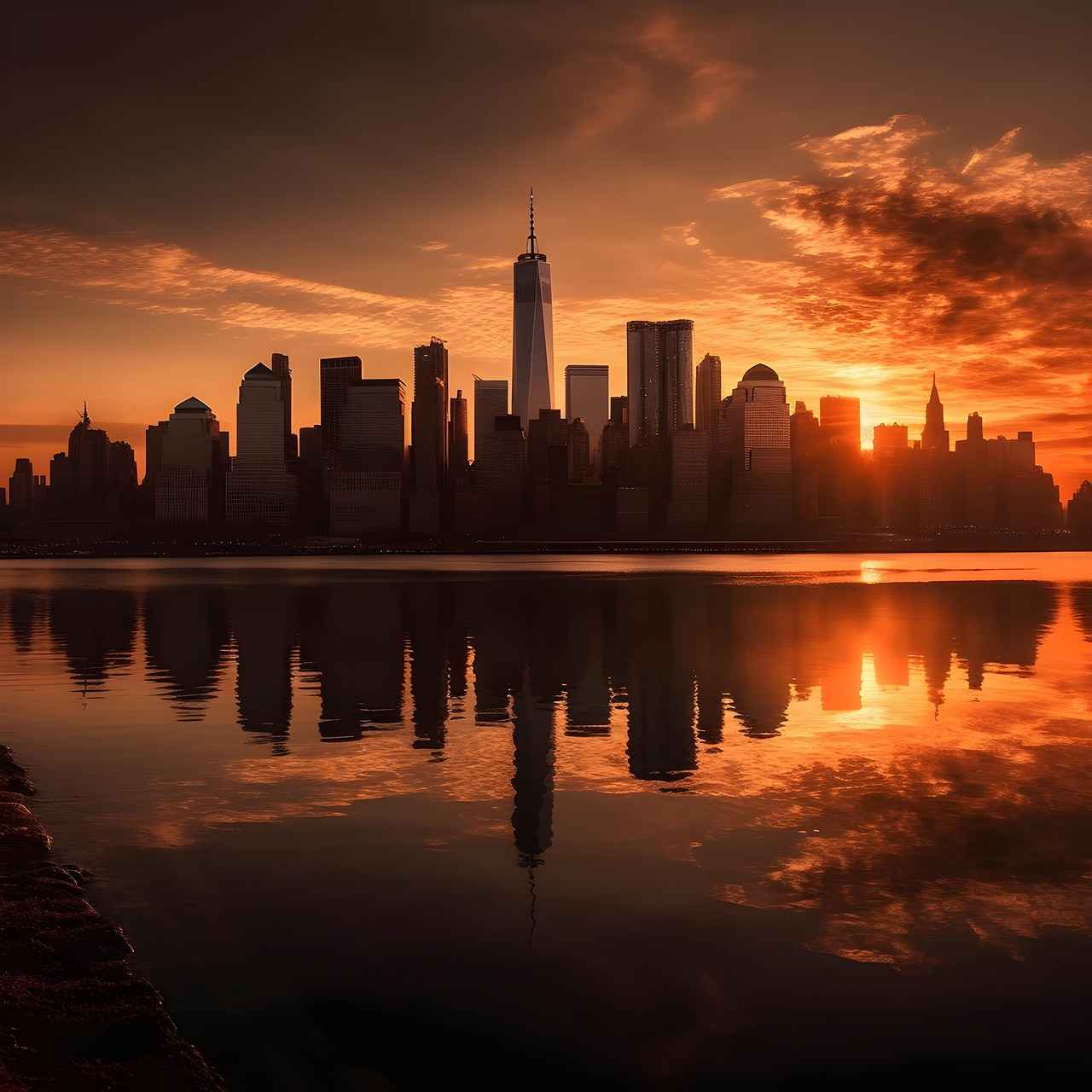
7.2. Architectural Features
The Architectural Marvel of the Howrah Bridge stands as a testament to human ingenuity and engineering prowess. This iconic structure, completed in 1943, is not just a bridge; it is a vital lifeline for Kolkata, facilitating the movement of millions of people daily. The bridge’s cantilever design is particularly noteworthy, showcasing a unique blend of strength and elegance.
The Howrah Bridge spans the Hooghly River, connecting the bustling city of Kolkata with Howrah. Its design employs a cantilever truss system, which allows it to support heavy loads without the need for numerous piers in the riverbed. This feature not only enhances its structural integrity but also minimizes disruption to river traffic below.
One of the most remarkable aspects of the Howrah Bridge is its ability to accommodate both pedestrian and vehicular traffic. With an average daily traffic of over 100,000 vehicles and countless pedestrians, it ranks among the busiest bridges in the world. The bridge’s width, measuring 71 feet, ensures smooth traffic flow, while its impressive length of 705 meters makes it a prominent landmark in the city.
The bridge’s construction involved over 26,500 tons of steel, a significant feat for its time. The materials were sourced from various locations, emphasizing the collaborative effort that went into this engineering marvel. The architectural design is not only functional but also aesthetically pleasing, with its towering steel framework becoming an integral part of Kolkata’s skyline.
In conclusion, the Howrah Bridge is more than just a transportation route; it is a symbol of Kolkata’s resilience and innovation. Its cantilever design and architectural features make it a subject of admiration for engineers and visitors alike, solidifying its status as a cultural and historical icon of the city.
8. The Legacy of Bengali Cinema
Kolkata, the cultural capital of India, is renowned for its vibrant cinema, often referred to as Bengali cinema. This cinematic legacy is not merely about entertainment; it reflects the social, political, and cultural narratives of its time, making it a significant part of India’s artistic landscape.
Since its inception in the early 20th century, Bengali cinema has evolved dramatically, producing films that challenge societal norms and provoke thought. The city has been the birthplace of numerous iconic filmmakers and actors, including the legendary Satyajit Ray, whose works have received international acclaim and have been instrumental in shaping the global perception of Indian cinema.
| Key Figures in Bengali Cinema | Notable Works |
|---|---|
| Satyajit Ray | Pather Panchali, The Apu Trilogy |
| Ritwik Ghatak | Meghe Dhaka Tara, Subarnarekha |
| Mrinal Sen | Bhuvan Shome, Khandhar |
The Kolkata International Film Festival is a testament to the city’s dedication to cinema. This annual event not only showcases films from around the globe but also celebrates the rich heritage of Bengali cinema. It serves as a platform for emerging filmmakers, providing them with opportunities to present their work to a wider audience.
Moreover, Bengali cinema has a unique ability to blend artistic expression with social commentary. Films often address pressing issues such as poverty, gender inequality, and political unrest, making them relevant and impactful. This characteristic has allowed Bengali cinema to resonate with audiences both locally and internationally, fostering a deep appreciation for its artistic merit.
In conclusion, the legacy of Bengali cinema is a rich tapestry of creativity and cultural significance. It continues to inspire new generations of filmmakers and audiences alike, ensuring that Kolkata remains a pivotal hub for cinematic excellence.
8.1. Pioneers of Bengali Cinema
Kolkata, often celebrated as the cultural capital of India, has a rich cinematic history that has profoundly influenced the world of film. Among its many contributions, the city is particularly renowned for being the birthplace of Bengali cinema. This vibrant film industry has produced numerous iconic filmmakers whose works have not only resonated within the country but have also made a significant impact on global cinema.
One of the most illustrious figures in this realm is Satyajit Ray, a visionary director whose films are characterized by their deep humanism and intricate storytelling. Ray’s work, including masterpieces like Pather Panchali, Apur Sansar, and Charulata, has earned him a place in the pantheon of great filmmakers worldwide. His unique ability to portray the complexities of human emotions and societal issues through the lens of Bengali culture has left an indelible mark on cinema.
Ray’s contributions extend beyond filmmaking; he was also a talented writer and illustrator, creating a holistic artistic vision that encompassed literature, music, and visual arts. His films often explore themes of poverty, family dynamics, and the struggles of everyday life, making them relatable to audiences across different cultures.
Another notable figure is Ritwik Ghatak, whose films often reflect the socio-political landscape of post-partition India. Ghatak’s works, such as Meghe Dhaka Tara and Subarnarekha, delve into the struggles of refugees and the impact of displacement, showcasing his profound empathy and artistic depth.
Additionally, Mrinal Sen is another pioneer whose films often challenged the status quo and explored the complexities of modern life. His ability to weave intricate narratives with a focus on social issues has earned him critical acclaim both in India and internationally.
The legacy of these filmmakers continues to inspire new generations of artists, ensuring that the spirit of Bengali cinema remains vibrant and relevant. The Kolkata International Film Festival further celebrates this rich heritage, providing a platform for filmmakers to showcase their work and engage with audiences, thus fostering a love for cinema that transcends borders.
In conclusion, the pioneers of Bengali cinema have not only shaped the film industry in India but have also contributed significantly to global cinema. Their works continue to be studied and revered, highlighting the power of storytelling and the universal themes of humanity.
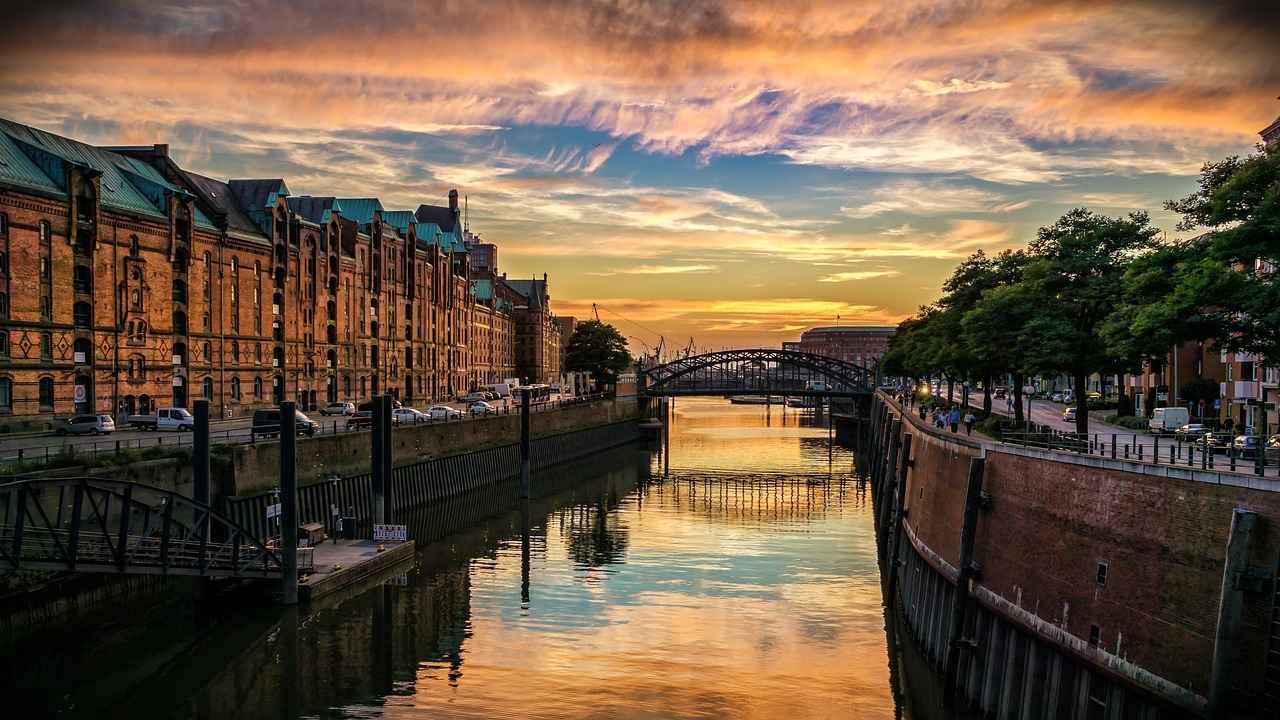
8.2. Film Festivals in Kolkata
Film Festivals in Kolkata are a vibrant celebration of cinematic artistry, drawing attention from filmmakers and audiences alike. Among them, the Kolkata International Film Festival (KIFF) stands out as a premier event that showcases a diverse array of films from around the globe. This festival not only highlights the richness of cinema but also fosters a deep appreciation for the art form among its viewers.
The Kolkata International Film Festival has gained international recognition since its inception, becoming a platform for both established and emerging filmmakers. It features films across various genres, including drama, documentary, and experimental cinema, offering a unique blend of storytelling that resonates with a wide audience. The festival typically spans several days, during which numerous screenings, panel discussions, and workshops are held, allowing for a comprehensive exploration of film as an art form.
One of the festival’s key objectives is to promote cultural exchange through cinema. By showcasing films from different countries, KIFF encourages dialogue and understanding among diverse cultures. This aspect is particularly important in today’s global landscape, where cinema serves as a crucial medium for sharing stories and experiences.
Moreover, the festival often honors renowned filmmakers and actors, recognizing their contributions to the cinematic world. This not only elevates the status of the event but also inspires budding filmmakers to pursue their passion for storytelling. The presence of industry veterans at the festival provides valuable insights and learning opportunities for aspiring artists.
In addition to film screenings, the festival hosts various events that engage audiences, such as Q&A sessions with filmmakers, workshops on filmmaking techniques, and discussions on the future of cinema. This interactive approach enhances the overall experience for attendees, making it more than just a series of film showings.
In conclusion, the Kolkata International Film Festival is a significant cultural event that not only celebrates the art of cinema but also fosters a sense of community and cultural appreciation. It plays a vital role in promoting Kolkata as a hub for artistic expression and continues to inspire a love for cinema among audiences of all ages.
9. Historic Architecture and Landmarks
Kolkata, a city steeped in history, is a marvel of architectural splendor that showcases its colonial heritage and diverse cultural influences. This vibrant metropolis is a living museum, where every street corner tells a story, inviting history enthusiasts to explore its rich tapestry.
The city’s architecture is a blend of European, Indian, and Islamic styles, reflecting the various phases of its historical evolution. From the grandiose structures built during the British colonial era to the intricate designs of local temples, Kolkata’s skyline is dotted with remarkable landmarks.
| Landmark | Architectural Style | Significance |
|---|---|---|
| Victoria Memorial | Indo-Saracenic | A tribute to Queen Victoria, now a museum. |
| Howrah Bridge | Cantilever | An engineering marvel and symbol of Kolkata. |
| St. Paul’s Cathedral | Gothic Revival | A prominent church known for its stunning architecture. |
| Marble Palace | Neo-Classical | A private residence showcasing exquisite art and architecture. |
Among the most celebrated structures is the Victoria Memorial, which stands majestically in the heart of the city. This grand monument, surrounded by lush gardens, is not only a tribute to the British monarch but also houses a museum that preserves Kolkata’s rich cultural heritage.
Another iconic landmark is the Howrah Bridge, a cantilever bridge that connects the city to its suburbs. This engineering feat, completed in 1943, is a vital transportation link and a symbol of Kolkata’s resilience and spirit.
Furthermore, the Marble Palace, with its stunning collection of art and antiques, offers a glimpse into the opulent lifestyle of Kolkata’s erstwhile aristocracy. Its architecture reflects the grandeur of the 19th century, making it a must-visit for those interested in history.
In conclusion, Kolkata’s historic architecture and landmarks serve as a testament to its rich past and cultural diversity. For history enthusiasts, the city is a treasure trove that offers endless opportunities for exploration and discovery.
9.1. The Victoria Memorial
The Victoria Memorial is not just a stunning architectural marvel; it is a profound symbol of Kolkata’s rich history and cultural heritage. This magnificent structure, built between 1906 and 1921, stands as a tribute to Queen Victoria, commemorating her reign and the British Empire’s influence in India. Nestled amidst sprawling gardens, the memorial showcases a unique blend of Indo-Saracenic architecture, which harmoniously combines elements from Indian, Islamic, and Gothic styles.
The Victoria Memorial is home to a vast museum that houses over 30,000 artifacts, including paintings, sculptures, and historical relics. Visitors can explore the magnificent galleries that display works from renowned artists, offering a glimpse into India’s artistic evolution during the British era. Additionally, the museum features a rich collection of manuscripts and documents that reflect the socio-political landscape of the time.
One of the most striking features of the memorial is its stunning white marble façade, which gleams in the sunlight, drawing visitors from around the globe. The central dome, rising to a height of 56 meters, is surrounded by four corner towers, each adorned with intricate sculptures and motifs that tell stories of India’s history and culture.
The surrounding gardens, designed by Lord Redesdale, span approximately 64 acres and are meticulously maintained, providing a serene escape from the bustling city. The lush greenery, coupled with beautiful fountains and statues, makes it a popular spot for both locals and tourists to relax and take in the beauty of their surroundings.
In recent years, the Victoria Memorial has become a hub for cultural events, exhibitions, and performances, further solidifying its status as a vital part of Kolkata’s cultural landscape. It stands not only as a reminder of the past but also as a beacon of the city’s vibrant present and future.
In conclusion, the Victoria Memorial is a must-visit landmark in Kolkata, offering insights into the city’s historical significance, artistic heritage, and cultural vibrancy. Whether you are an art enthusiast, a history buff, or simply seeking a peaceful retreat, the memorial promises an enriching experience.

9.2. Other Notable Landmarks
Kolkata is a city that boasts an impressive array of historic landmarks, each telling a unique story of its past. Among these, the Marble Palace and St. Paul’s Cathedral stand out as prime examples of the city’s rich architectural heritage.
The Marble Palace, constructed in the mid-19th century, is a stunning example of neoclassical architecture. This grand mansion was built by the wealthy Rajendra Mullick and is renowned for its exquisite marble interiors and lush gardens. Visitors are often captivated by the extensive collection of art, including works by European masters, which adorn the walls of this private residence. The palace not only serves as a testament to the opulence of Kolkata’s past but also reflects the influence of European styles on Indian architecture.
In contrast, St. Paul’s Cathedral showcases the Gothic Revival style and is one of the most significant churches in India. Completed in 1847, it is noted for its impressive spire and stunning stained glass windows that depict various biblical scenes. The cathedral stands as a symbol of the city’s colonial history and has been a place of worship for over a century. Its serene atmosphere and beautiful surroundings make it a popular spot for both tourists and locals.
Both landmarks not only highlight the architectural diversity of Kolkata but also serve as important cultural sites that contribute to the city’s identity. Whether you are an architecture enthusiast or a history buff, exploring these sites offers a glimpse into the city’s storied past and its evolution over the years.
As you wander through the streets of Kolkata, make sure to take the time to visit these remarkable landmarks, each offering a unique perspective on the city’s rich tapestry of history and culture.
10. The Green Oasis of Kolkata
Kolkata, a bustling metropolis, is often celebrated for its vibrant culture and rich history. However, one of its most enchanting features is its abundance of green spaces that provide a refreshing escape from the urban chaos. These lush gardens and parks not only beautify the city but also offer serene environments for relaxation and rejuvenation.
Among the most notable green spaces is the Maidan, which is often referred to as the lungs of Kolkata. Spanning over 1,000 acres, this vast expanse serves as a hub for various recreational activities, including sports, picnics, and leisurely strolls. The Maidan is dotted with ancient trees and well-maintained pathways, making it a perfect spot for both locals and tourists to unwind.
Another gem in Kolkata’s green crown is the Botanical Gardens, home to an impressive collection of flora. Established in 1787, these gardens feature a diverse range of plants and trees, including the famous Banyan Tree, which is one of the largest of its kind in the world. The gardens not only serve as a botanical haven but also play a vital role in environmental education and conservation.
Kolkata’s Eco-Parks are also worth mentioning. These parks are designed with sustainability in mind, offering visitors a chance to connect with nature while promoting environmental awareness. They feature walking trails, lakes, and picnic areas, making them ideal for family outings and educational trips.
In conclusion, the green spaces of Kolkata are not just patches of greenery; they are essential to the city’s identity. They provide a much-needed respite from the fast-paced urban life, allowing residents and visitors alike to connect with nature and enjoy the tranquility that these parks offer. Whether it’s a morning jog, an afternoon picnic, or simply a quiet moment of reflection, Kolkata’s gardens and parks are truly a green oasis amidst the urban hustle.
10.1. The Maidan
The Maidan is not just a park; it is a vibrant green lung of Kolkata, offering a vast expanse of greenery amidst the urban chaos. Covering over 1,000 acres, it is one of the largest urban parks in India, serving as a recreational hub for both locals and tourists alike. The Maidan is often referred to as the heart of Kolkata, providing a perfect escape for those seeking leisure and sports activities.
The park is home to numerous sports facilities, including cricket grounds, football fields, and tennis courts, making it a popular destination for sports enthusiasts. The iconic Eden Gardens cricket stadium, located at the edge of the Maidan, is one of the most famous cricket venues in the world and regularly hosts international matches.
In addition to sports, the Maidan is a favorite spot for families and individuals looking to unwind. Joggers and walkers frequent the park’s pathways, while children enjoy playing in the open spaces. The lush greenery and well-maintained lawns provide a serene backdrop for picnics and outdoor gatherings.
The Maidan also hosts various cultural events and festivals throughout the year, contributing to its status as a community gathering space. From music concerts to art exhibitions, the park is a dynamic venue that showcases the rich cultural heritage of Kolkata.
Moreover, the Maidan is surrounded by several historic landmarks, including the Victoria Memorial and the National Library, making it a focal point of Kolkata’s historical significance. Visitors can enjoy a leisurely stroll while exploring these architectural marvels.
In conclusion, the Maidan is more than just a park; it is an integral part of Kolkata’s identity, symbolizing the city’s love for nature, sports, and culture. Whether you are looking to engage in physical activities or simply relax in a tranquil environment, the Maidan offers something for everyone.

10.2. Eco-Parks and Gardens
Kolkata, a city renowned for its vibrant culture and rich history, also takes pride in its commitment to the environment. Among its many treasures are the eco-parks and botanical gardens that serve as green lungs for the urban landscape. These spaces not only enhance the city’s aesthetic appeal but also play a crucial role in promoting environmental awareness and conservation efforts.
One of the most notable eco-parks is the Eco Park, located in New Town. This expansive park features a variety of flora and fauna, walking trails, and recreational areas, making it a popular destination for families and nature enthusiasts. The park is designed to educate visitors about the importance of biodiversity and sustainable practices. With its serene lakes and beautifully landscaped gardens, Eco Park is a perfect escape from the hustle and bustle of city life.
Another gem is the Acharya Jagadish Chandra Bose Indian Botanic Garden, which houses a diverse collection of plants, including rare and endangered species. This historic garden, established in the 18th century, is not just a visual delight but also a center for research and conservation. Visitors can explore the vast grounds, which feature a magnificent banyan tree that is over 250 years old, showcasing the rich botanical heritage of the region.
The presence of these eco-parks and botanical gardens in Kolkata fosters a sense of community and encourages residents to engage with nature. Educational programs and workshops are often organized to raise awareness about environmental issues, making these spaces not only recreational but also informative.
In conclusion, Kolkata’s eco-parks and botanical gardens are vital for enhancing the city’s green spaces and promoting a sustainable future. By visiting these areas, residents and tourists alike can appreciate the beauty of nature while contributing to conservation efforts that protect the environment for generations to come.
11. The Educational Hub
Kolkata stands as a beacon of educational excellence in India, renowned for its rich academic heritage and prestigious institutions. This vibrant city has nurtured countless scholars, thinkers, and innovators, making it a vital hub for education in the country.
The city’s educational landscape is characterized by a blend of tradition and modernity, attracting students not only from various parts of India but also from across the globe. Here, we explore some key aspects that define Kolkata as an educational powerhouse.
| Institution | Established | Specialization |
|---|---|---|
| University of Calcutta | 1857 | Arts, Science, Commerce |
| Jadavpur University | 1955 | Engineering, Arts, Social Sciences |
| Presidency University | 1817 | Arts, Sciences |
Kolkata is home to several prestigious institutions that have made significant contributions to education and research. The University of Calcutta, one of the oldest universities in India, has a rich legacy of academic excellence and has produced numerous notable alumni, including Nobel laureates and prominent leaders.
Jadavpur University is another key player, renowned for its engineering and arts programs. It emphasizes research and innovation, fostering a culture of inquiry among its students. Presidency University, with its historic roots, is acclaimed for its rigorous academic standards and vibrant intellectual environment.
Education in Kolkata transcends mere academic instruction; it plays a pivotal role in shaping the city’s identity. The emphasis on critical thinking and intellectual discourse is deeply ingrained in the local culture. Educational institutions often serve as forums for cultural exchange and social engagement, promoting a holistic approach to learning.
Moreover, the city hosts various educational events, workshops, and seminars that further enrich the academic atmosphere. These initiatives not only enhance learning experiences but also encourage collaboration among students and educators.
In conclusion, Kolkata’s status as an educational hub is well-deserved, with its historical institutions and commitment to academic excellence. The city’s educational landscape continues to evolve, ensuring that it remains a vital center for learning and innovation in India.
11.1. Notable Universities and Colleges
Kolkata is not only a cultural and historical hub but also a significant educational center in India. The city is home to several prestigious institutions that have made remarkable contributions to academia, research, and innovation. Among these, the University of Calcutta and Jadavpur University stand out for their academic excellence and impactful research initiatives.
University of Calcutta
- Established in 1857, it is one of the oldest universities in India.
- Offers a wide range of undergraduate and postgraduate programs across various fields.
- Known for its emphasis on research, with numerous research centers and collaborations with international institutions.
Jadavpur University
- Founded in 1955, it has quickly gained recognition for its engineering, arts, and science programs.
- It boasts a vibrant campus life, fostering creativity and innovation among students.
- Has a strong focus on interdisciplinary research, contributing significantly to advancements in technology and social sciences.
Both institutions have produced numerous notable alumni who have excelled in various fields, including politics, literature, science, and technology. Their commitment to quality education and research has positioned them as leaders in higher education, attracting students from across India and around the globe.
Moreover, the role of education in Kolkata extends beyond these universities. The city hosts numerous colleges and institutions that cater to diverse academic interests, further enriching its educational landscape. The vibrant academic community fosters a culture of learning, encouraging students to engage in critical thinking and innovation.
In conclusion, the educational institutions in Kolkata, particularly the University of Calcutta and Jadavpur University, play a vital role in shaping the intellectual fabric of the city. Their contributions to research and education continue to inspire future generations, making Kolkata a beacon of knowledge and learning.
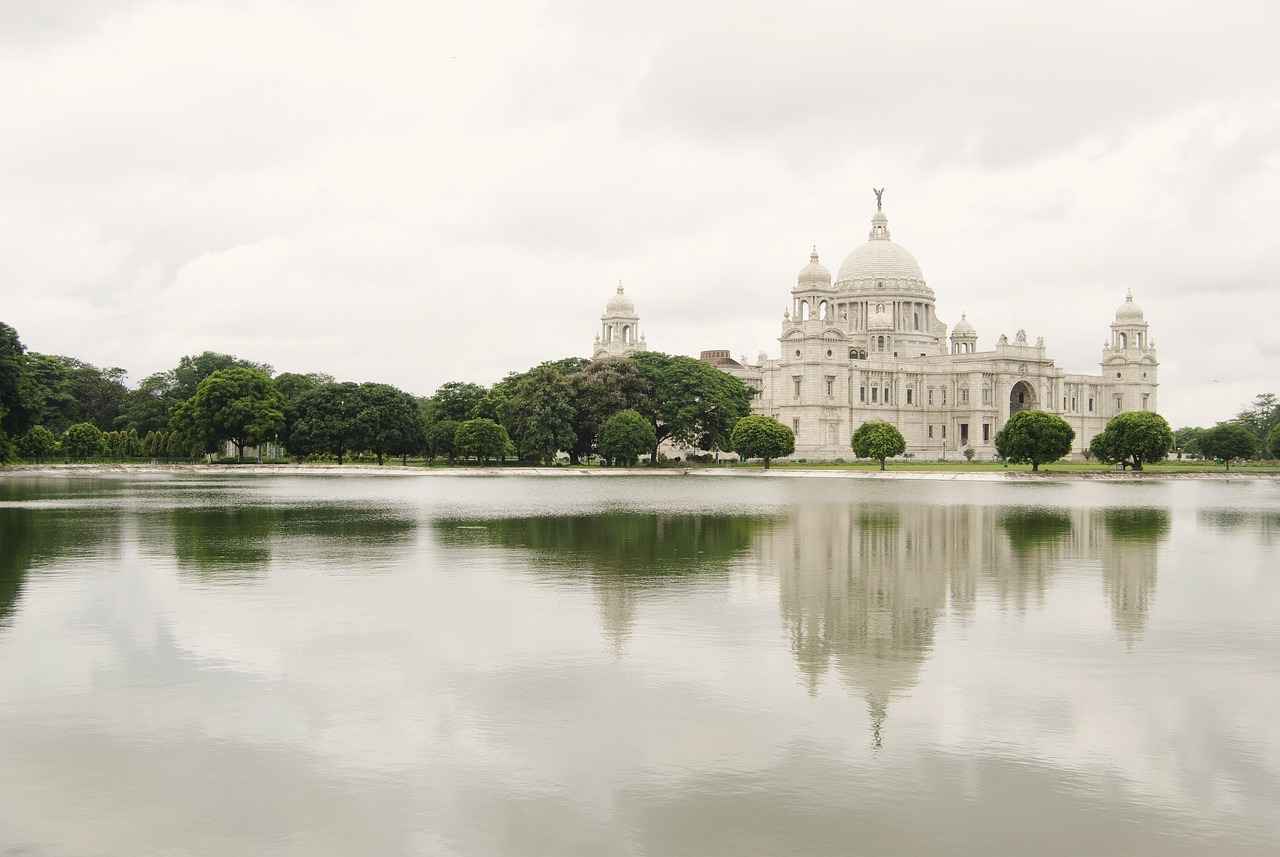
11.2. The Role of Education in Kolkata
Education is a cornerstone of Kolkata’s identity, deeply embedded in the fabric of its society. The city is renowned for its rich educational heritage, which has evolved over centuries, shaping not only the lives of its residents but also the broader cultural landscape.
Kolkata is home to some of the oldest and most prestigious educational institutions in India. These institutions, such as the University of Calcutta and Jadavpur University, have consistently produced some of the brightest minds in various fields, including science, literature, and politics. The emphasis on academic excellence has fostered a culture of intellectual curiosity and innovation that resonates throughout the city.
- Historical Significance: The city’s educational roots can be traced back to the British colonial era, when institutions were established to promote Western education. This legacy continues to influence the educational framework today.
- Research and Development: Kolkata’s universities are at the forefront of research, contributing significantly to advancements in technology and the arts. This focus on research not only enhances the academic environment but also drives economic growth.
- Community Engagement: Education in Kolkata goes beyond the classroom. Many institutions actively engage with the community through outreach programs, workshops, and cultural events, fostering a sense of belonging and social responsibility among students.
The role of education in Kolkata is not merely about acquiring knowledge; it is about cultivating a mindset of lifelong learning. This culture encourages residents to pursue knowledge in various forms, from formal education to self-directed learning through libraries, seminars, and online resources.
In conclusion, education in Kolkata is a vital force that shapes the city’s identity, promotes intellectual growth, and prepares its residents to navigate the complexities of the modern world. The city’s commitment to fostering a robust educational environment ensures that it remains a beacon of knowledge and innovation in India.
12. Conclusion: The Enduring Charm of Kolkata
Kolkata, the City of Joy, stands as a testament to India’s rich heritage, vibrant culture, and unique characteristics. This city, with its enduring charm, continues to captivate visitors from around the globe, making it a must-visit destination in India. Known for its historical landmarks, artistic achievements, and culinary delights, Kolkata offers an experience unlike any other.
One of the most remarkable aspects of Kolkata is its rich history. Founded in the late 17th century, the city has been a significant center for trade and culture. The colonial architecture, seen in structures like the Victoria Memorial and Howrah Bridge, narrates tales of a bygone era. These landmarks not only reflect the city’s historical significance but also its architectural brilliance.
Kolkata’s culture is another vital aspect of its identity. The city is a melting pot of traditions, languages, and festivals. Events like Durga Puja showcase the communal harmony and artistic expressions that are deeply embedded in the local ethos. The streets come alive with vibrant celebrations, drawing locals and tourists alike to join in the festivities.
The culinary scene in Kolkata is a delightful journey through flavors. From the mouth-watering puchka to the delectable mishti doi, the city offers an array of dishes that reflect its cultural diversity. Street food stalls and fine dining restaurants alike serve up dishes that are a feast for the senses.
In conclusion, Kolkata’s unique blend of history, culture, and culinary excellence makes it a city that leaves a lasting impression on all who visit. Its enduring charm and vibrant spirit ensure that it remains a cherished destination in India, inviting exploration and appreciation.
Frequently Asked Questions
- What makes Kolkata known as the City of Joy?
Kolkata earned the nickname “City of Joy” due to the warmth and happiness of its people, vibrant culture, and rich traditions that create a welcoming atmosphere for both locals and visitors.
- How can I experience Kolkata’s literary culture?
You can immerse yourself in Kolkata’s literary scene by visiting the Kolkata Book Fair, exploring College Street’s bookstores, and attending various literary events throughout the year.
- What are some must-try dishes in Kolkata?
Don’t miss out on iconic dishes like macher jhol (fish curry), mishti doi (sweet yogurt), and the famous street food such as puchka (pani puri) and kathi rolls that showcase the city’s culinary diversity.
- Why are trams significant in Kolkata?
Kolkata is unique as the only city in India with operational trams, representing a nostalgic aspect of its colonial past while providing an eco-friendly mode of transportation.
- What festivals should I experience in Kolkata?
Be sure to witness Durga Puja, a grand festival celebrating the goddess Durga, along with Poila Baisakh, the Bengali New Year, which showcases the city’s cultural richness and communal harmony.
- How does Kolkata contribute to the arts and cinema?
Kolkata is the birthplace of Bengali cinema, known for its artistic films and celebrated filmmakers like Satyajit Ray. The city hosts various film festivals that promote cinematic excellence and cultural exchange.
